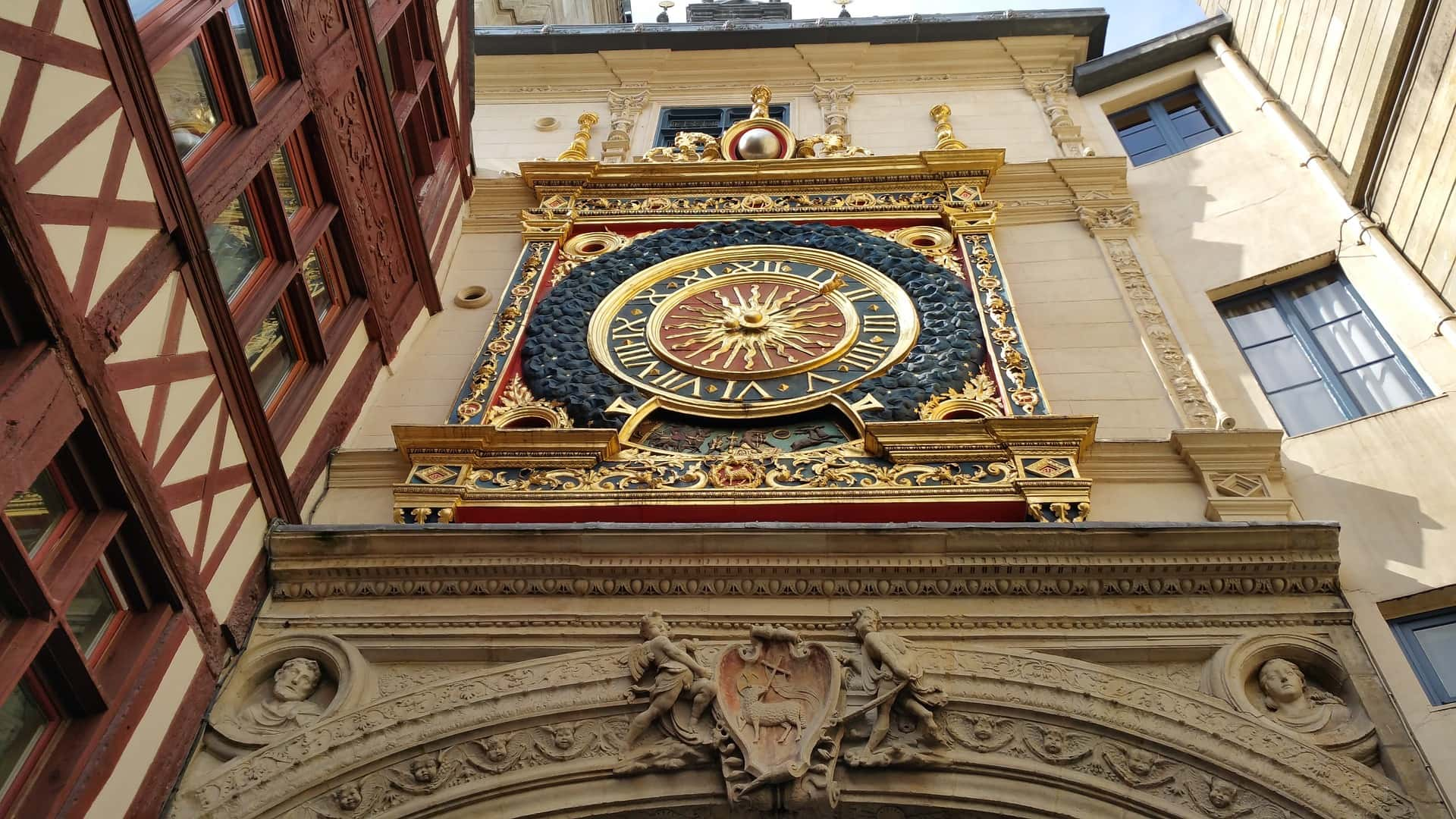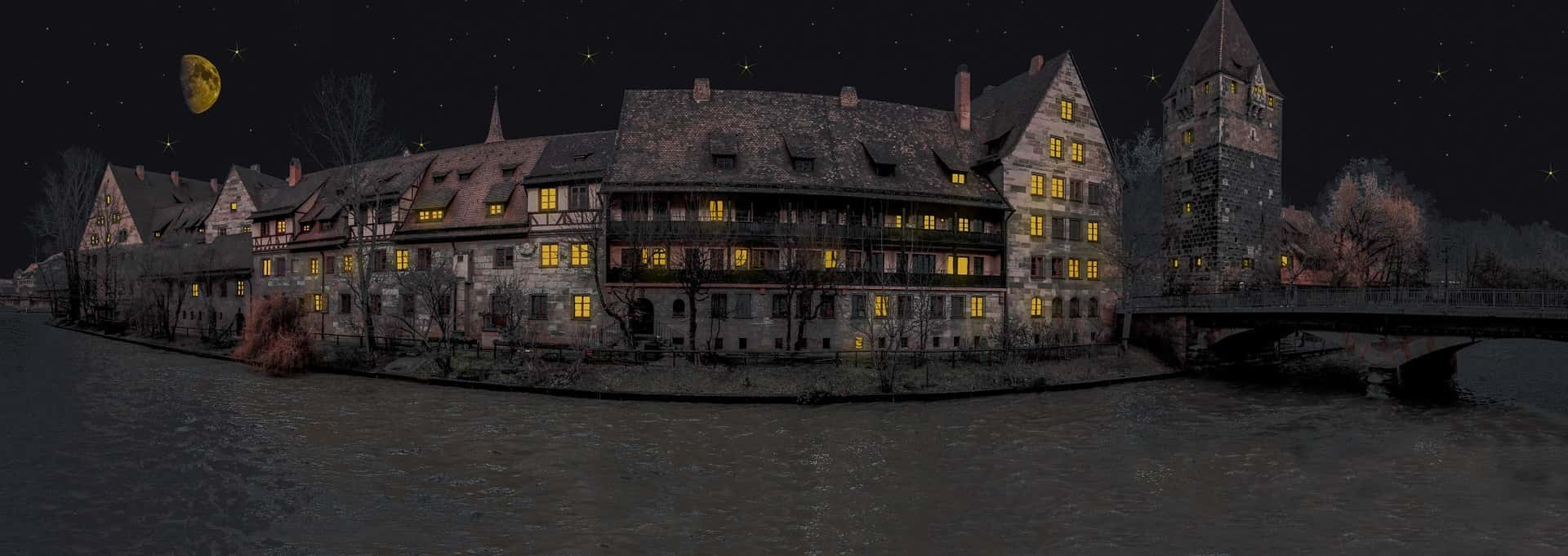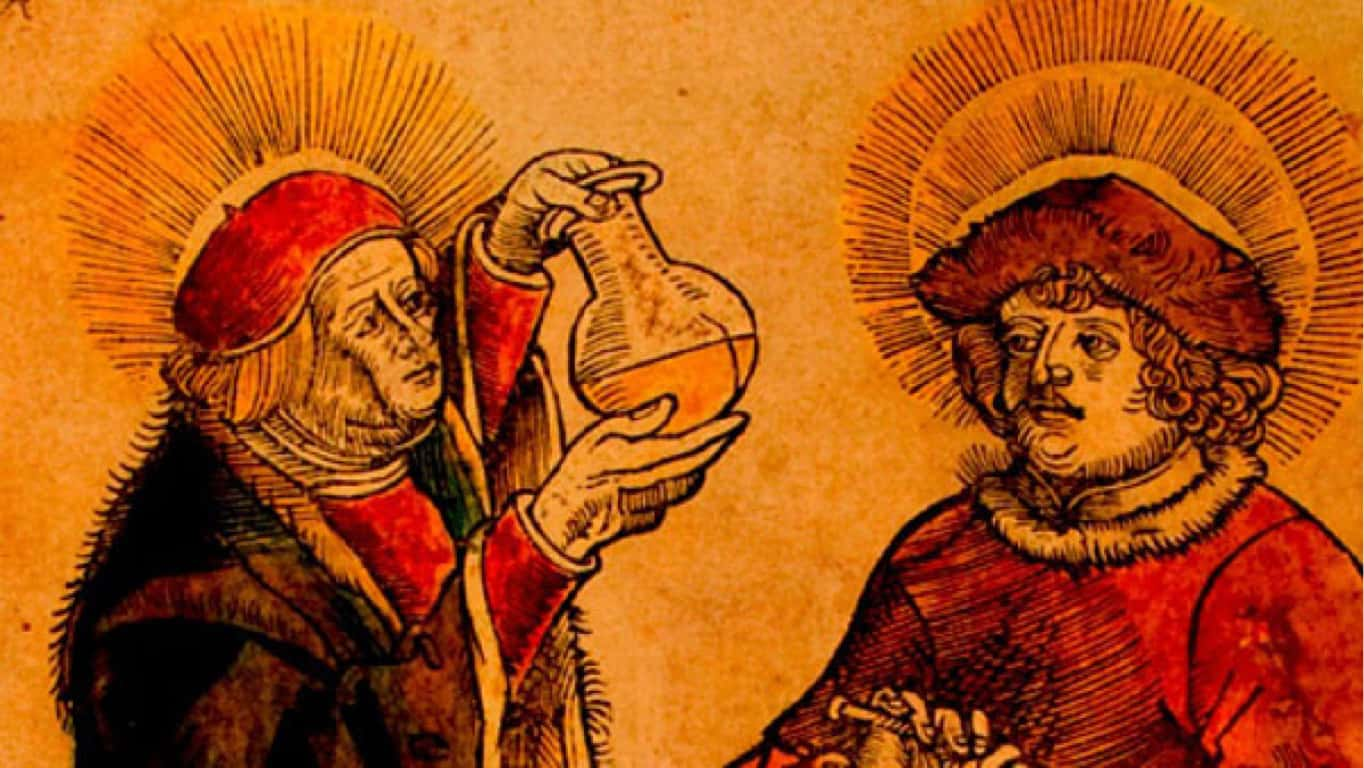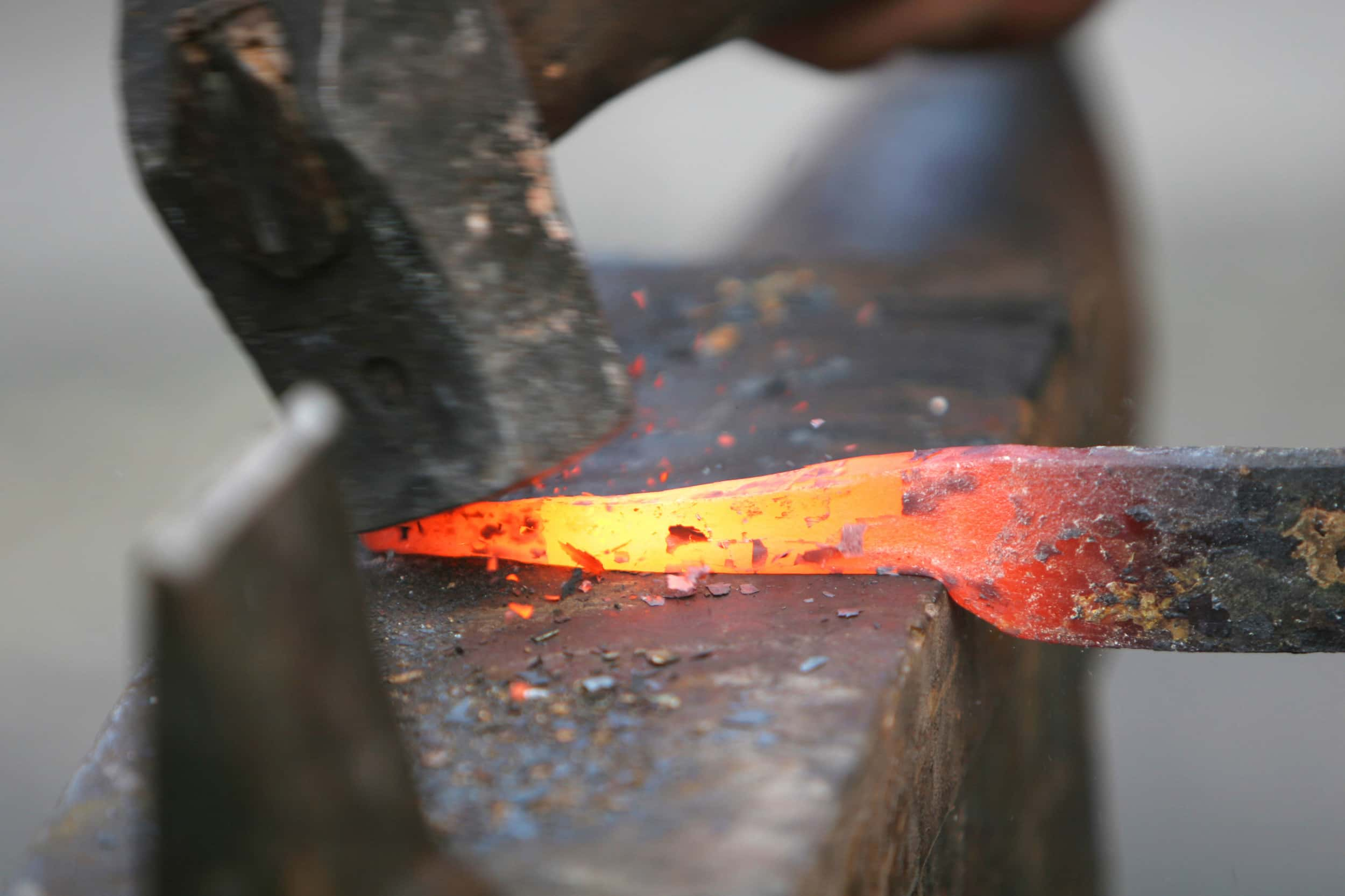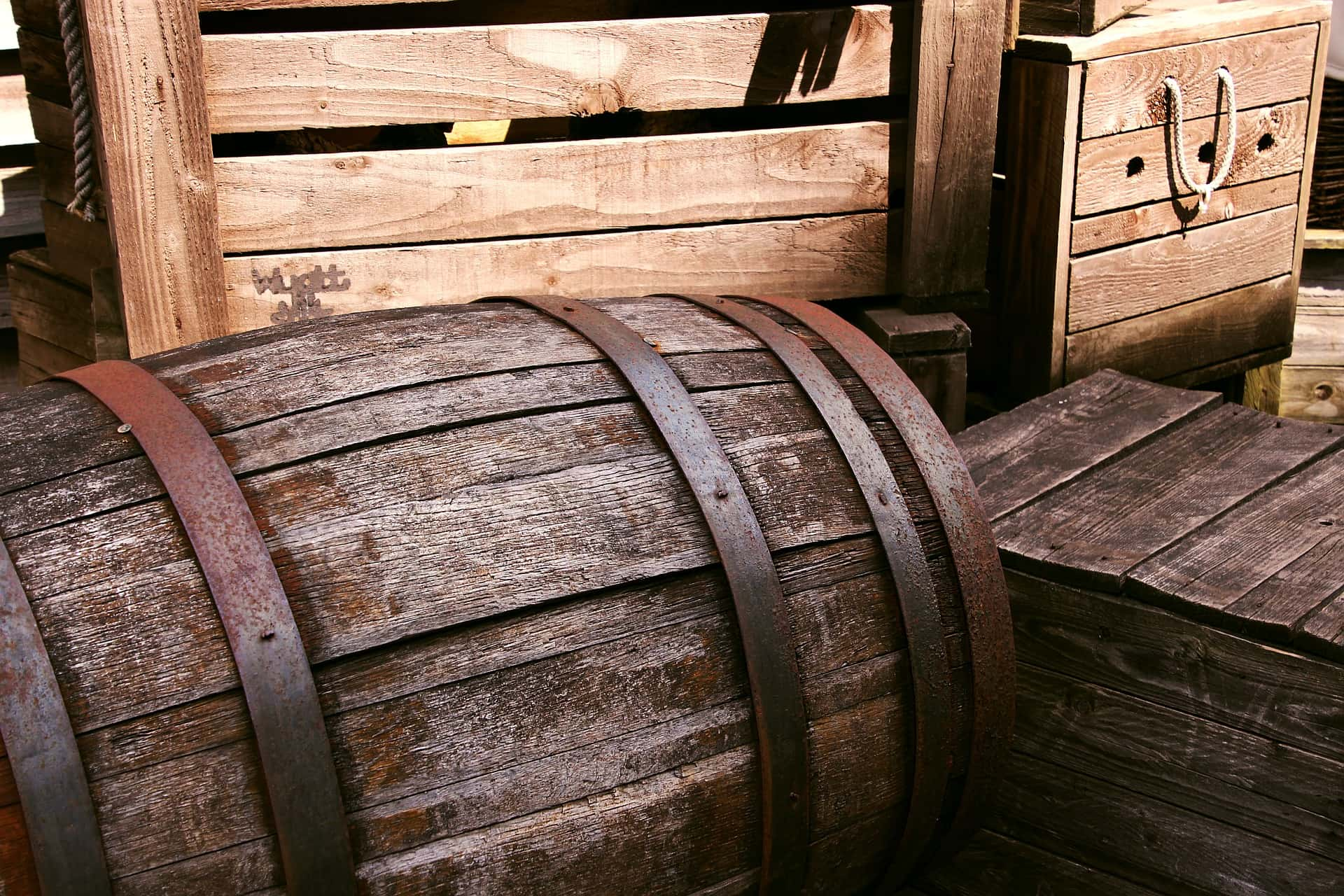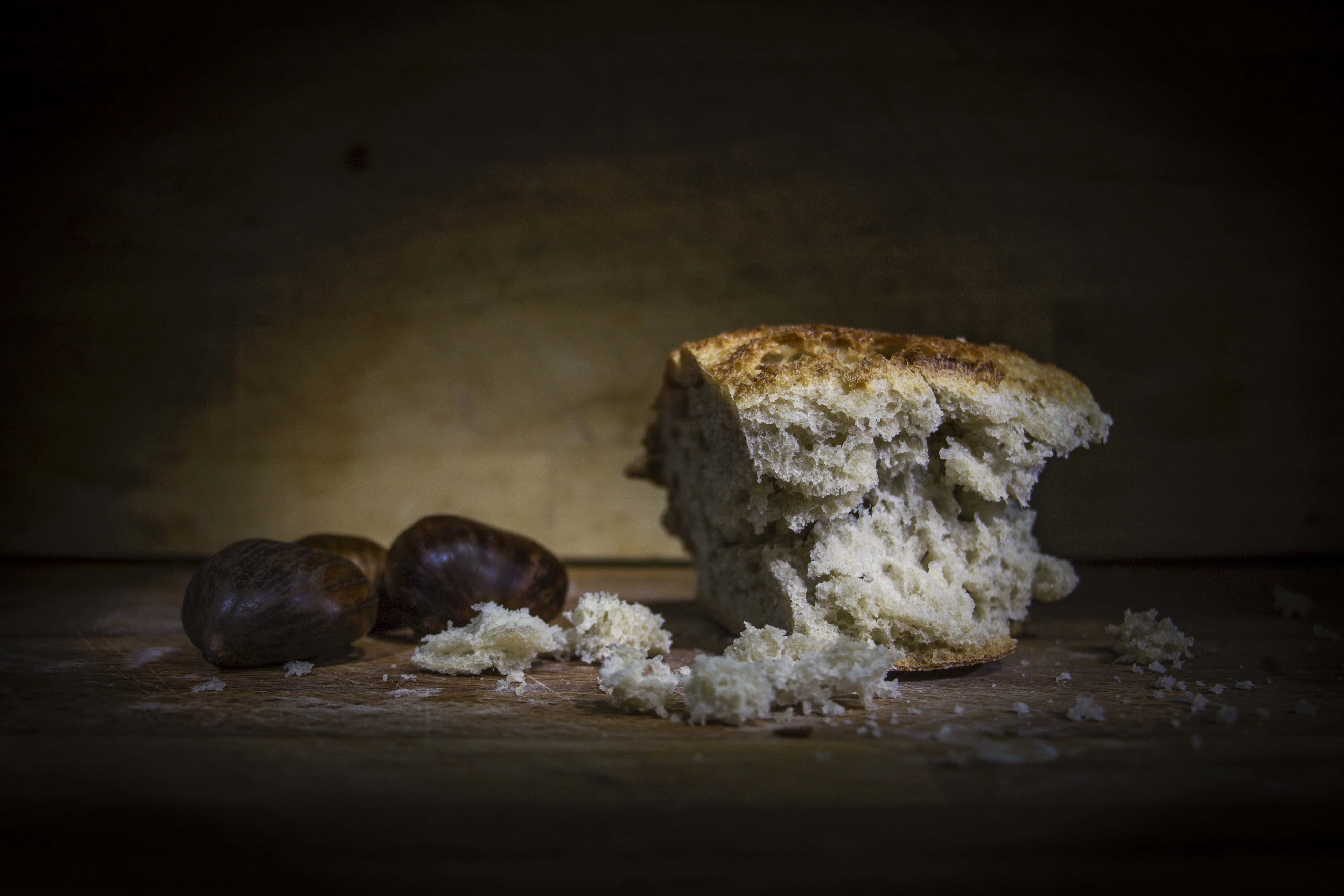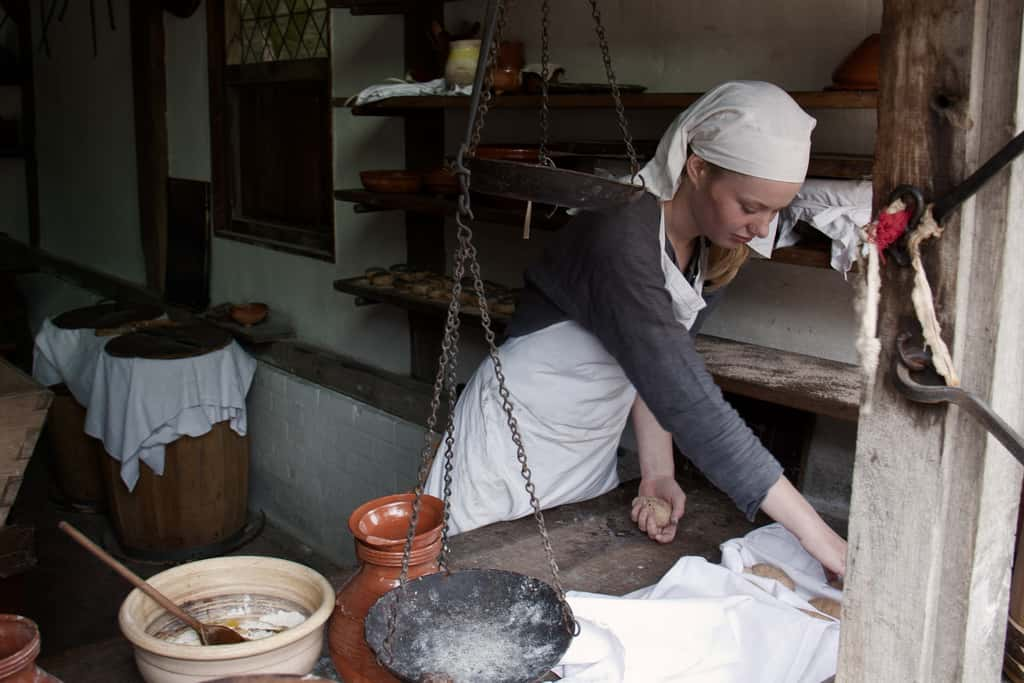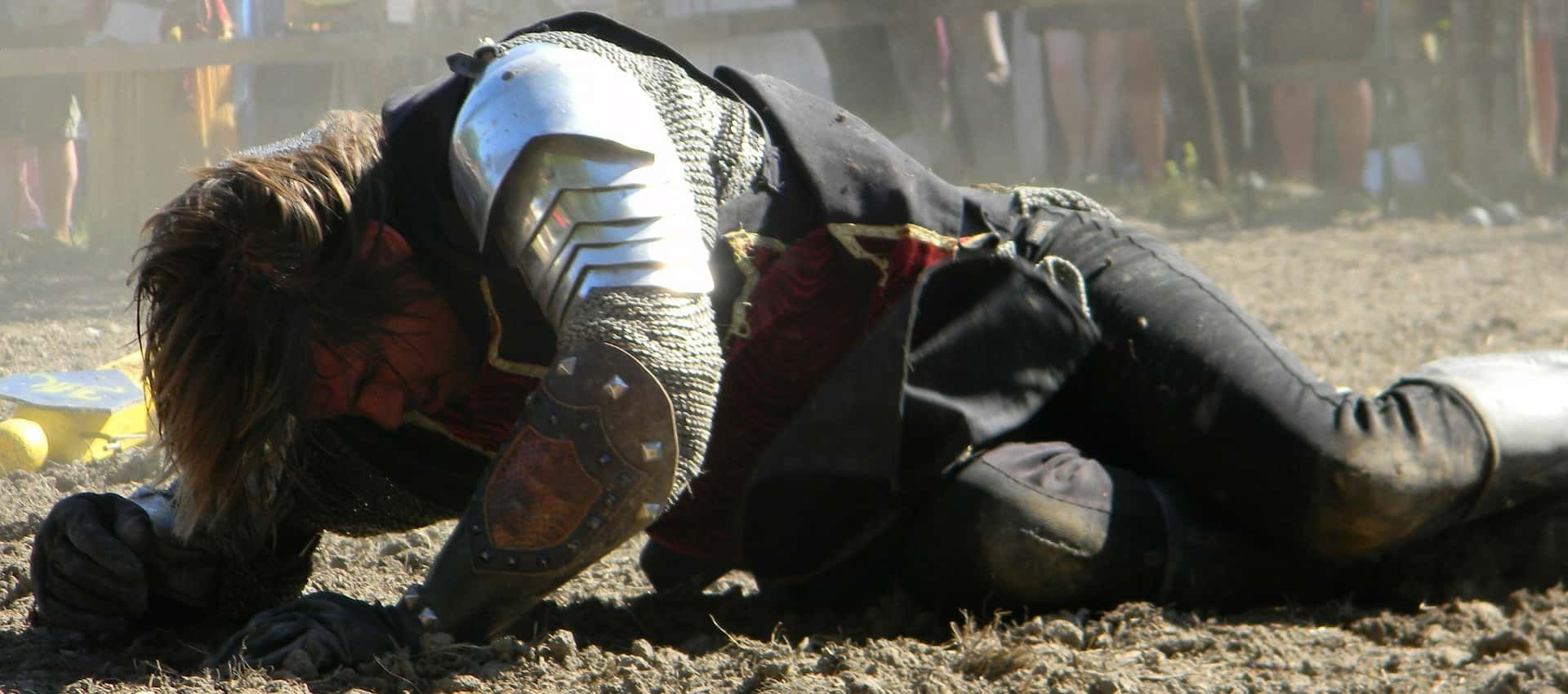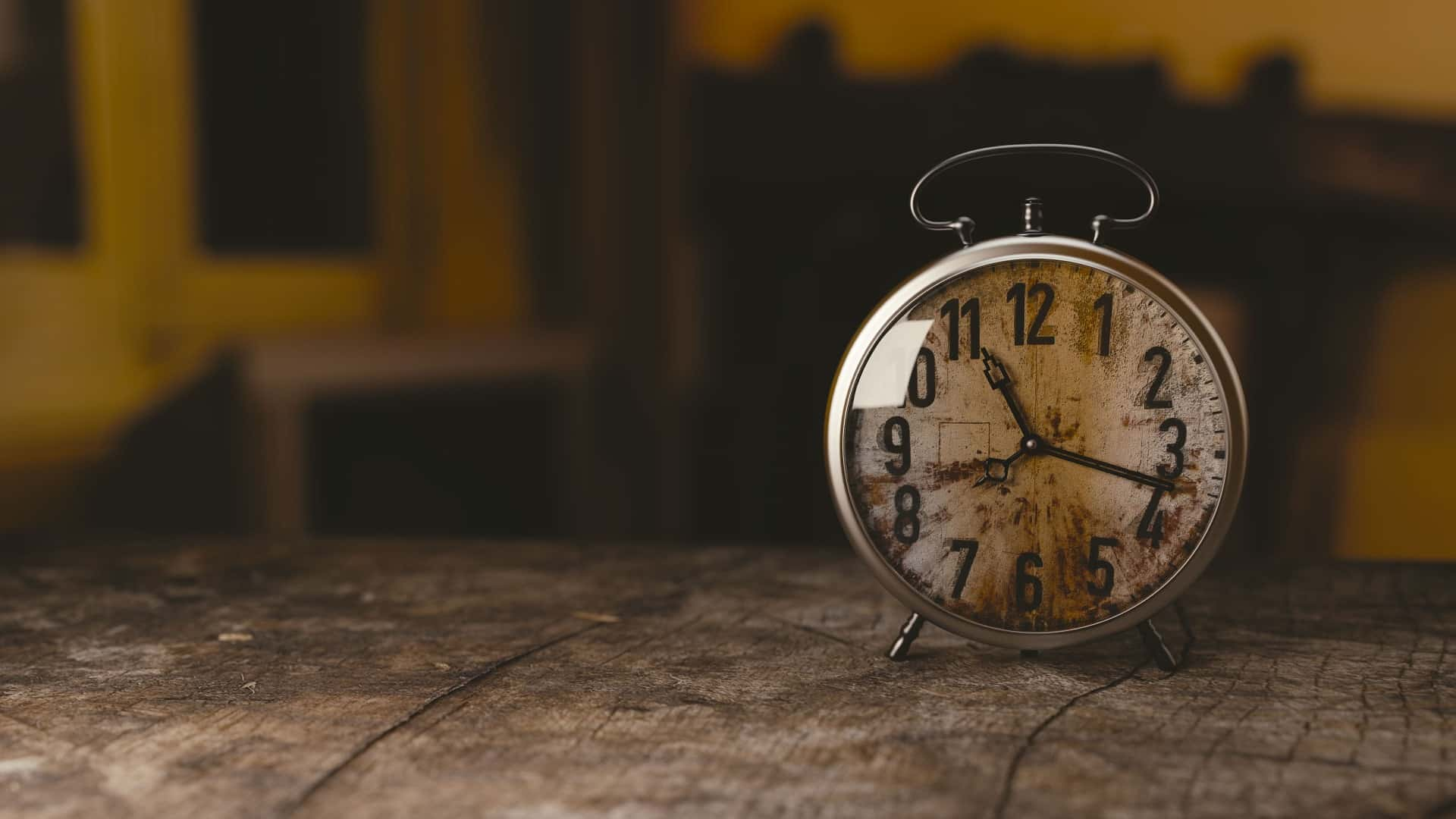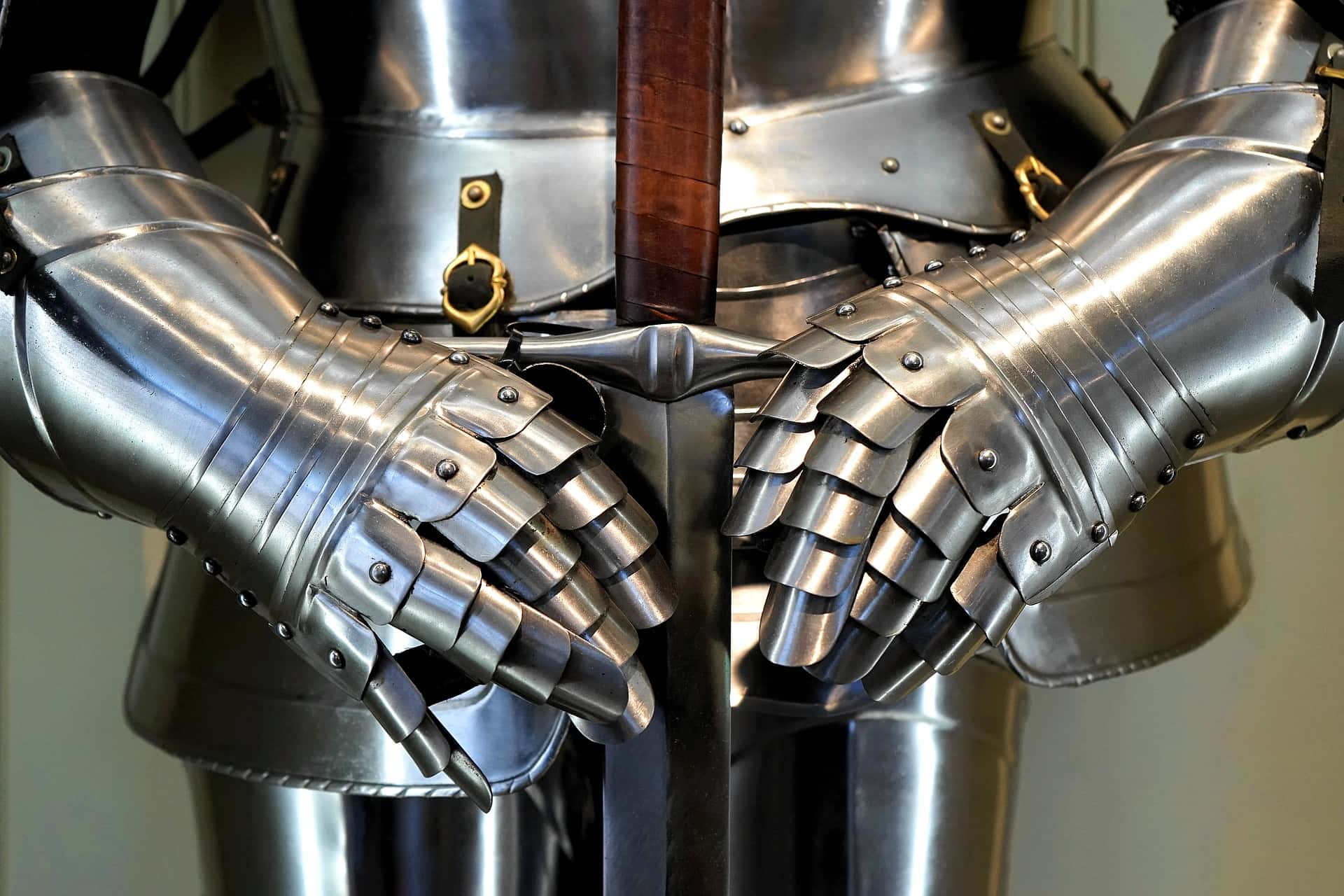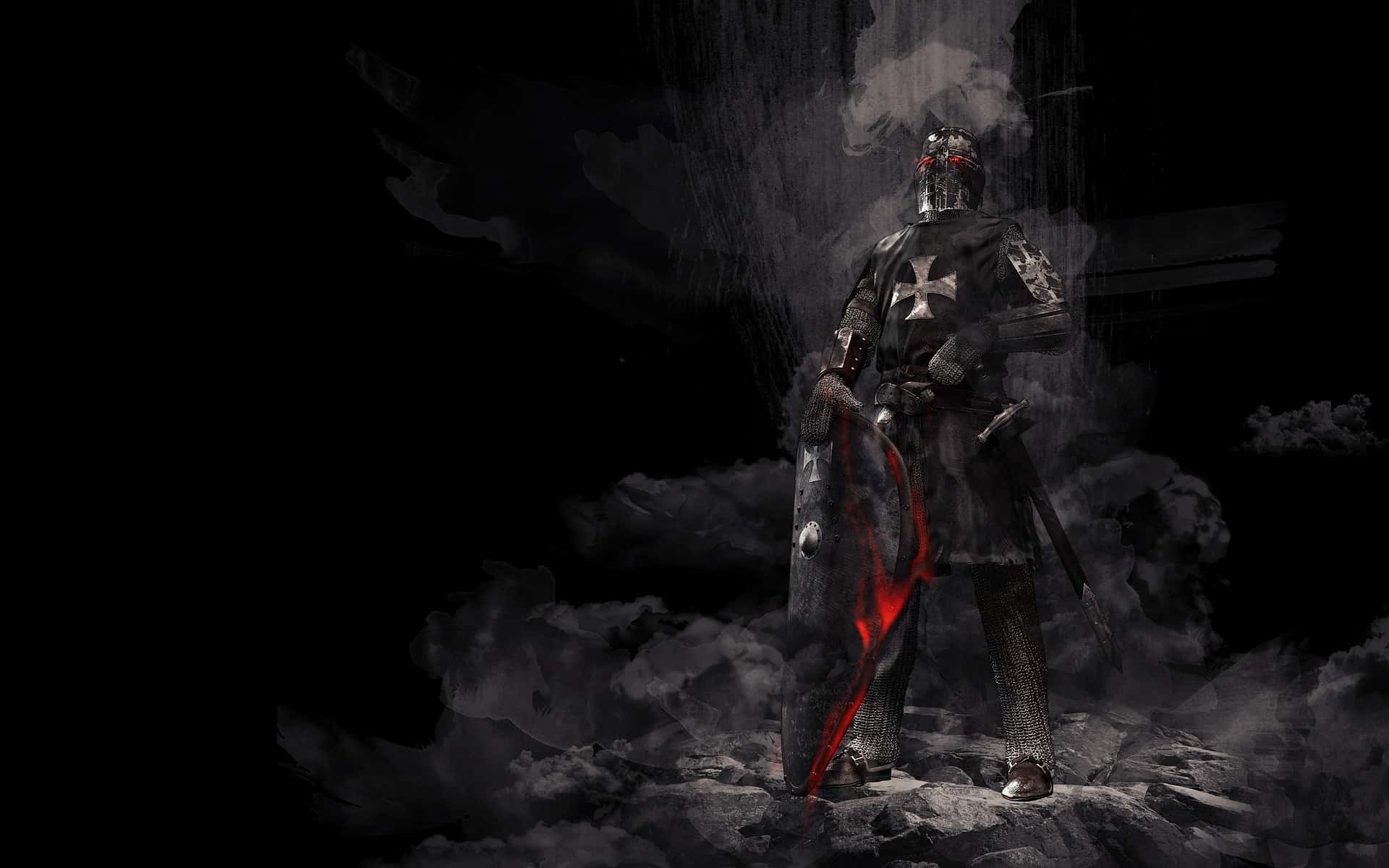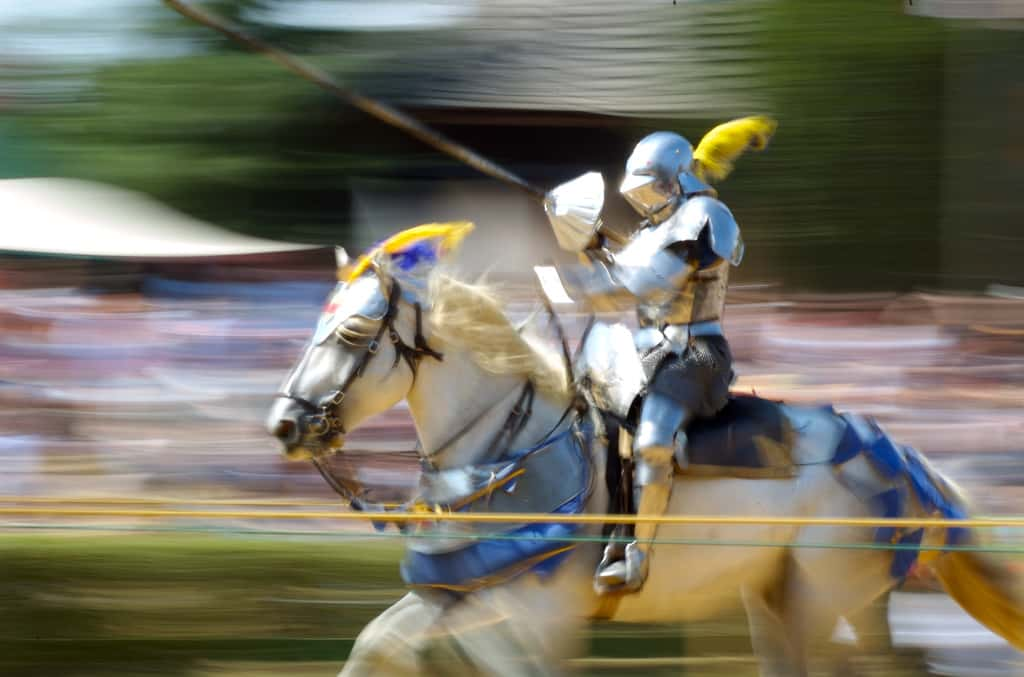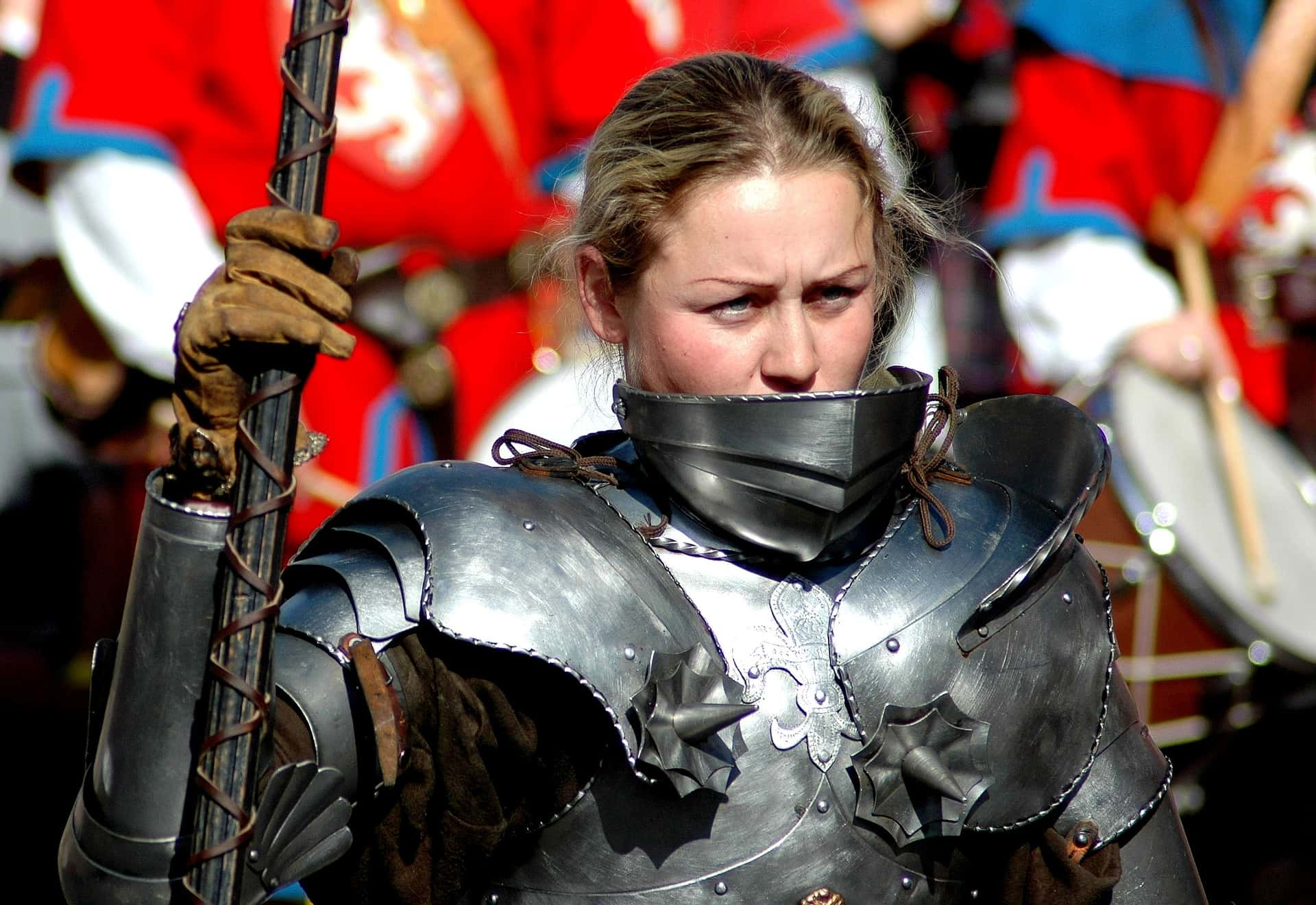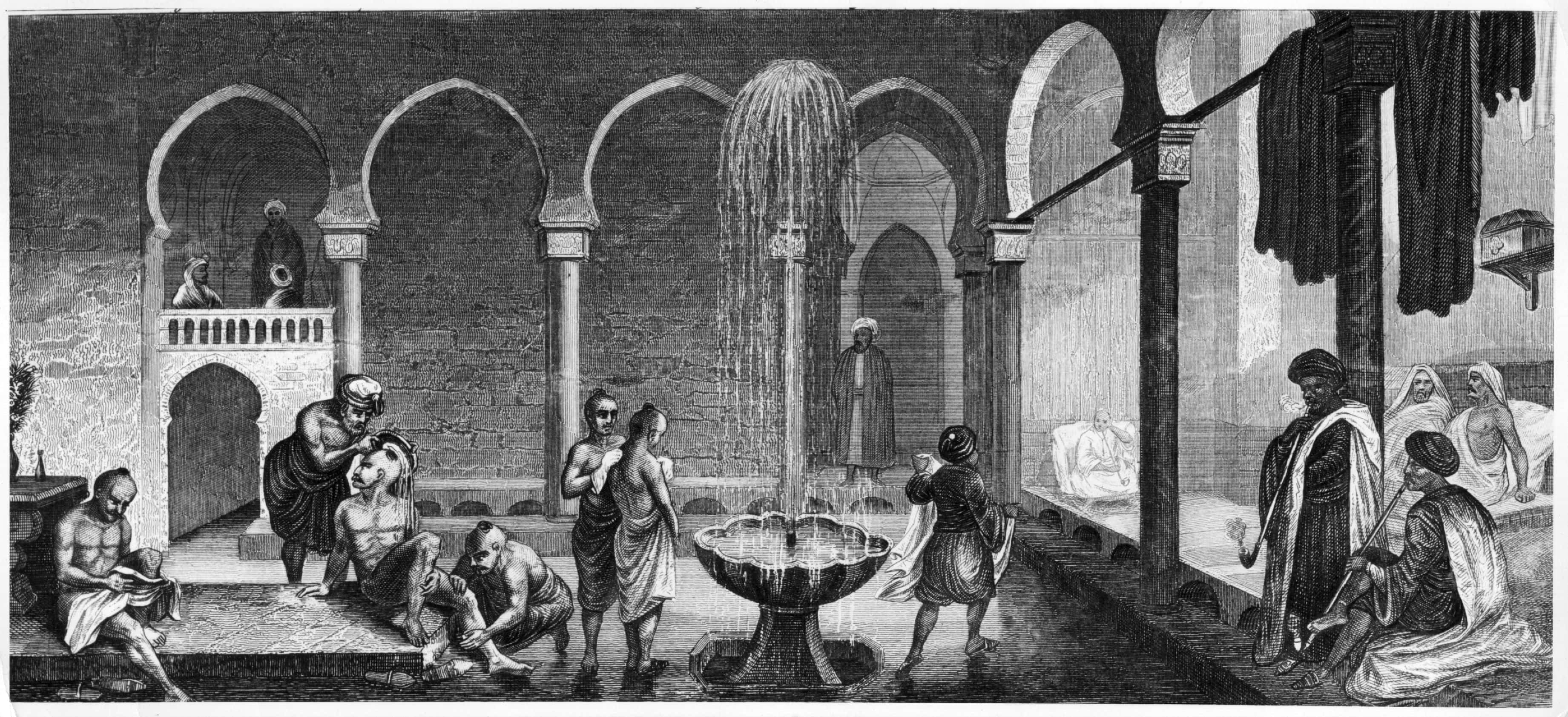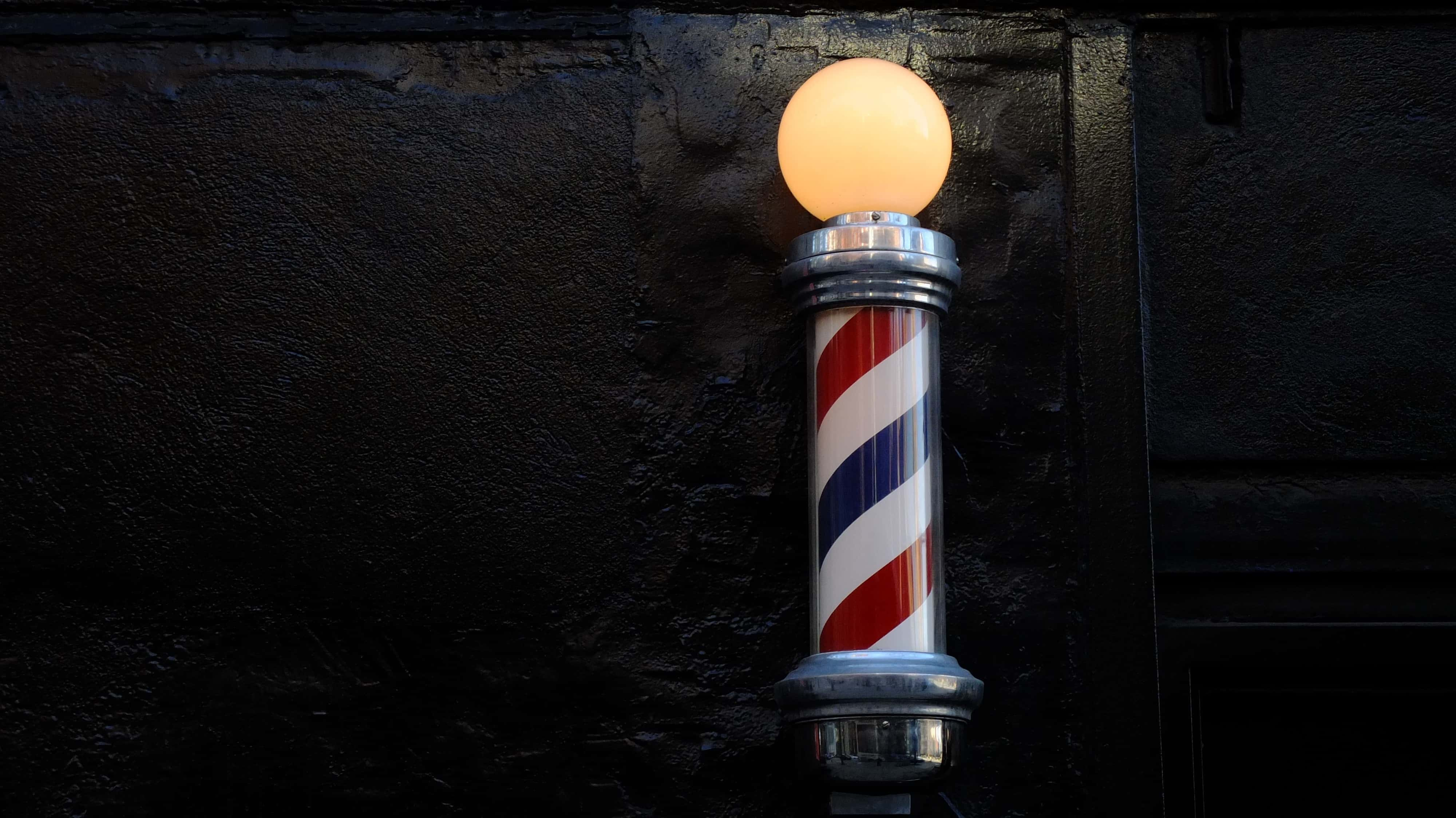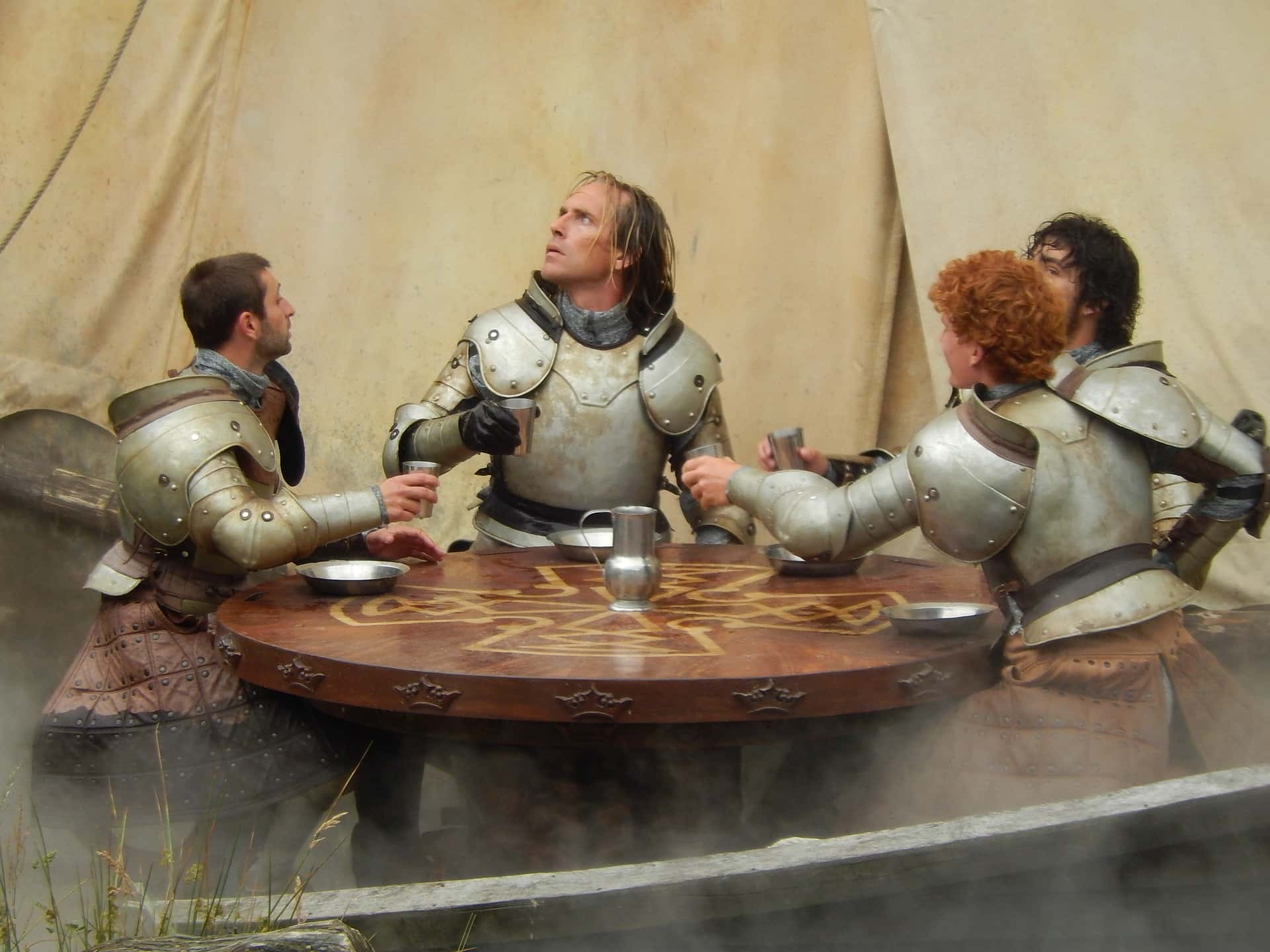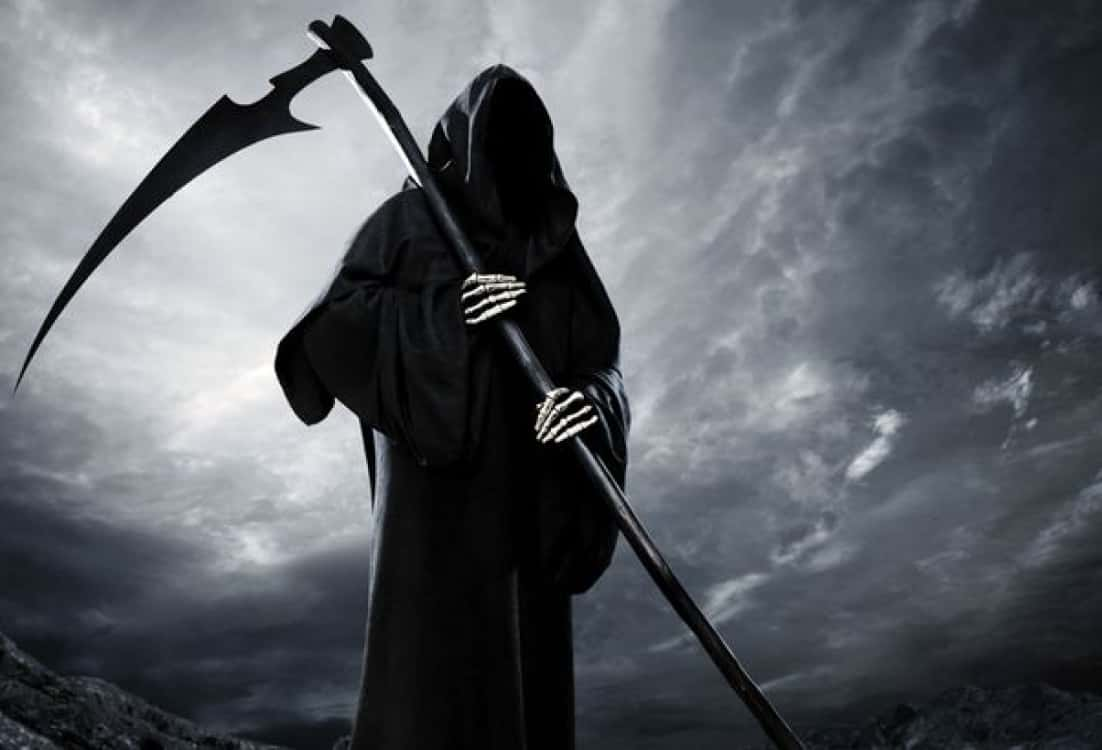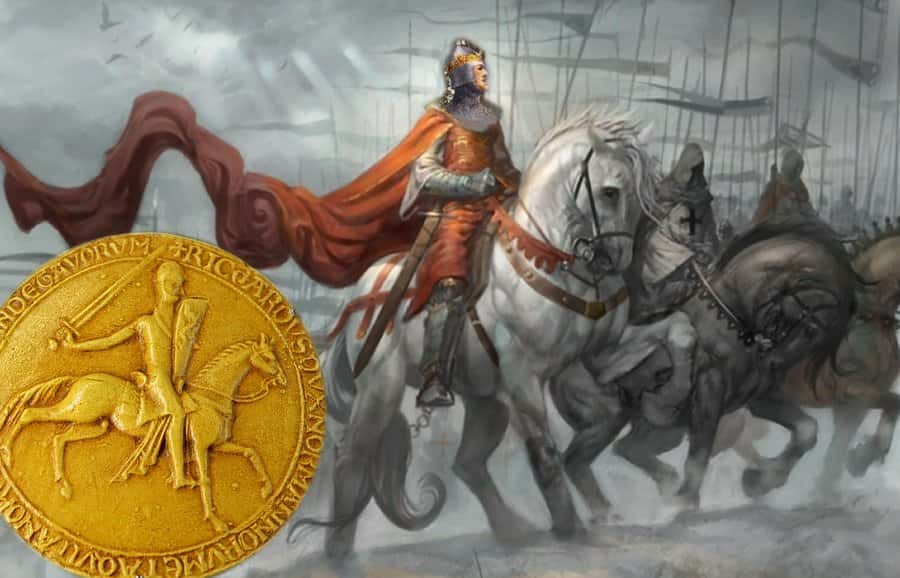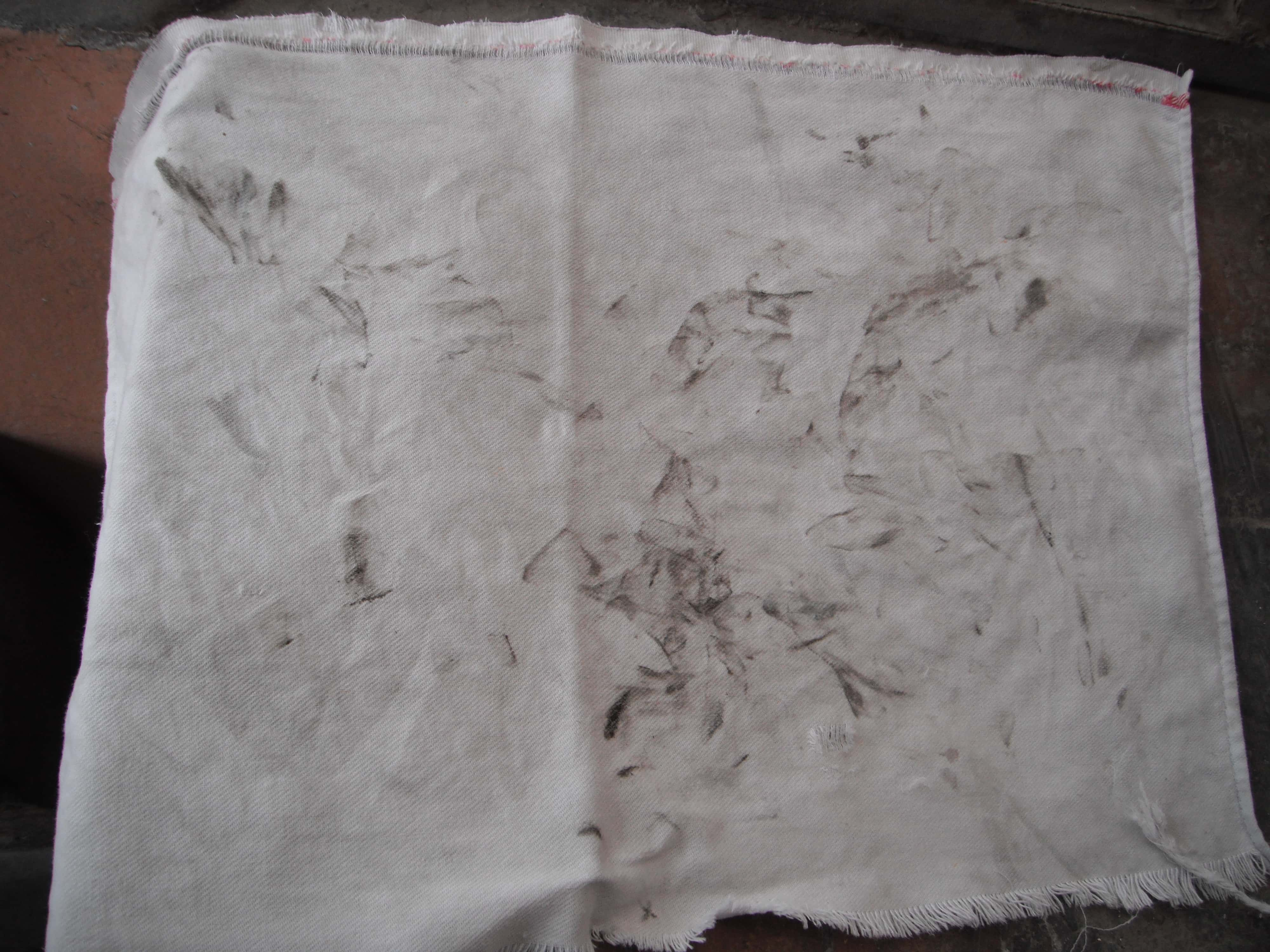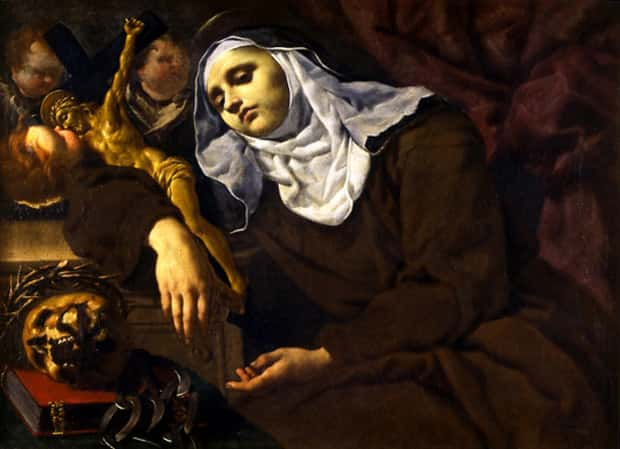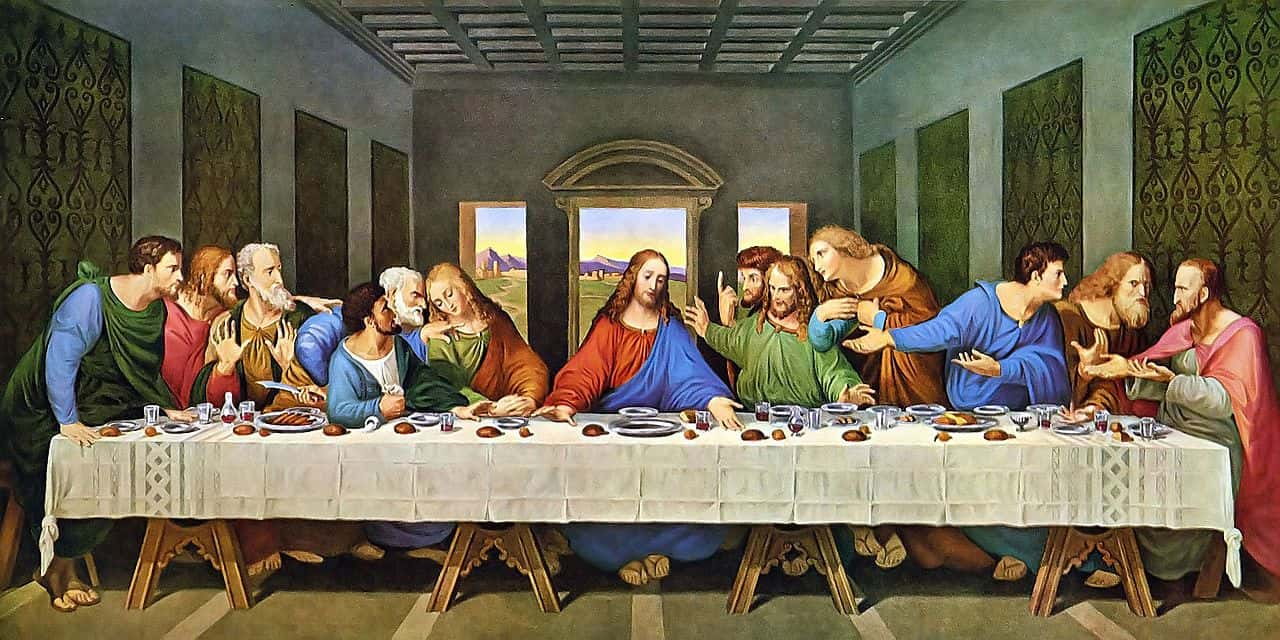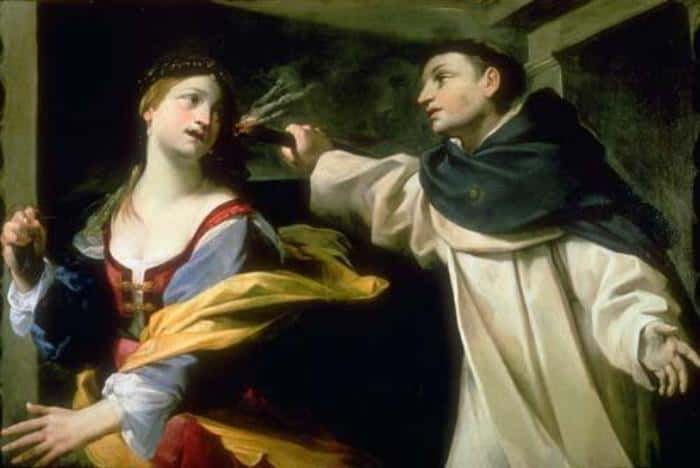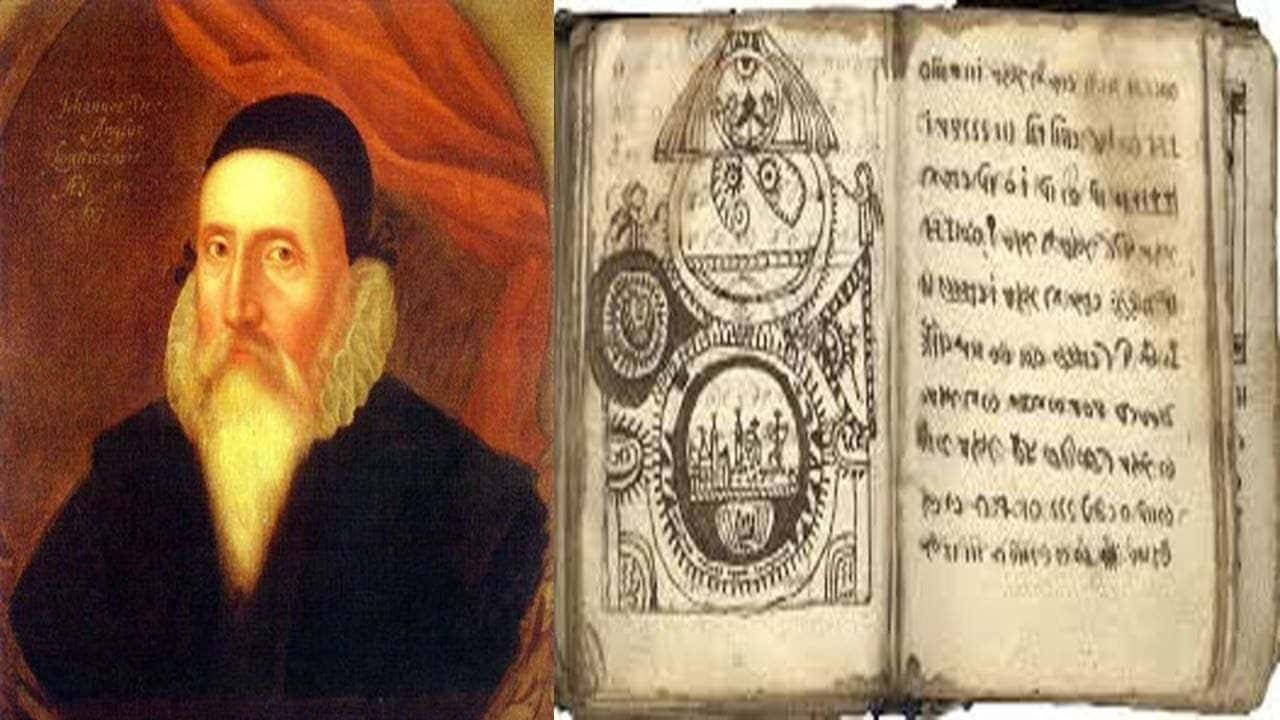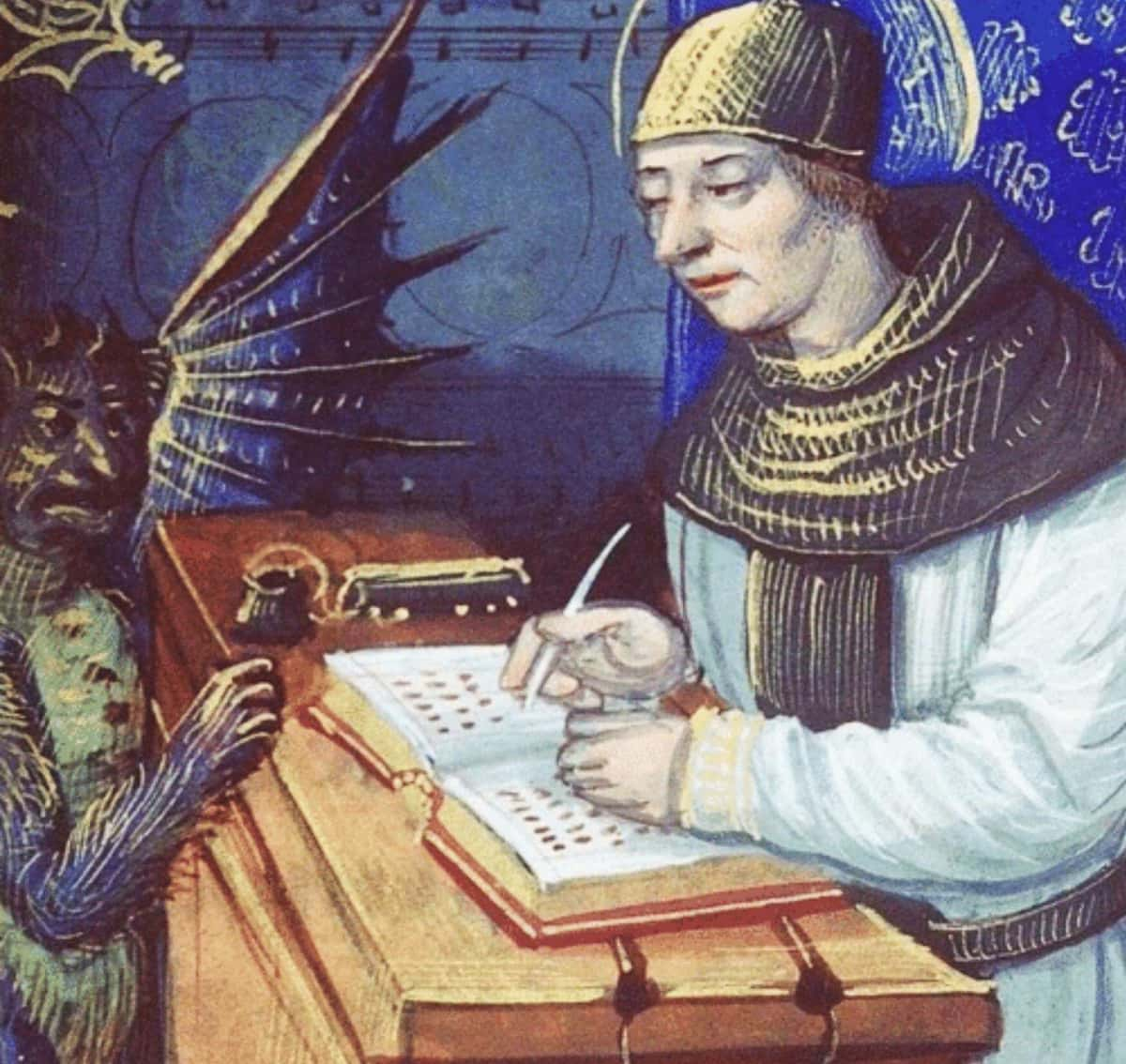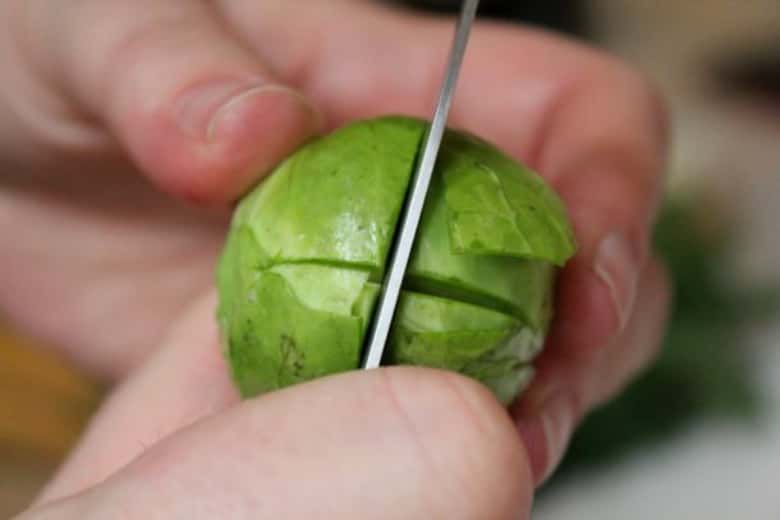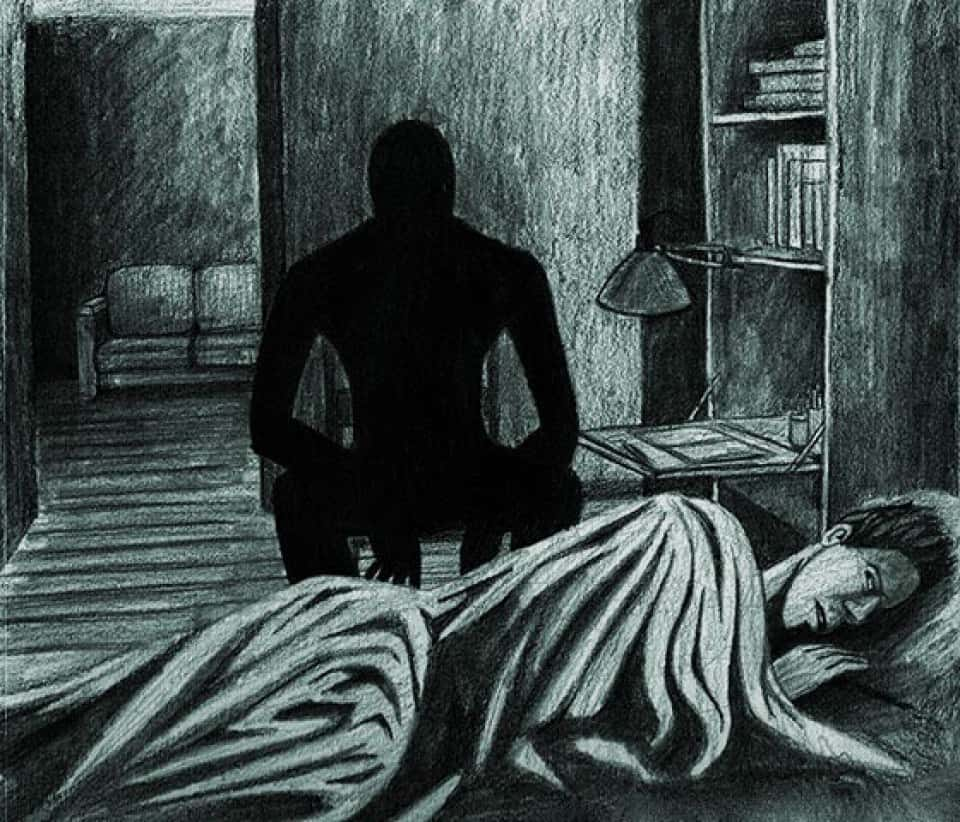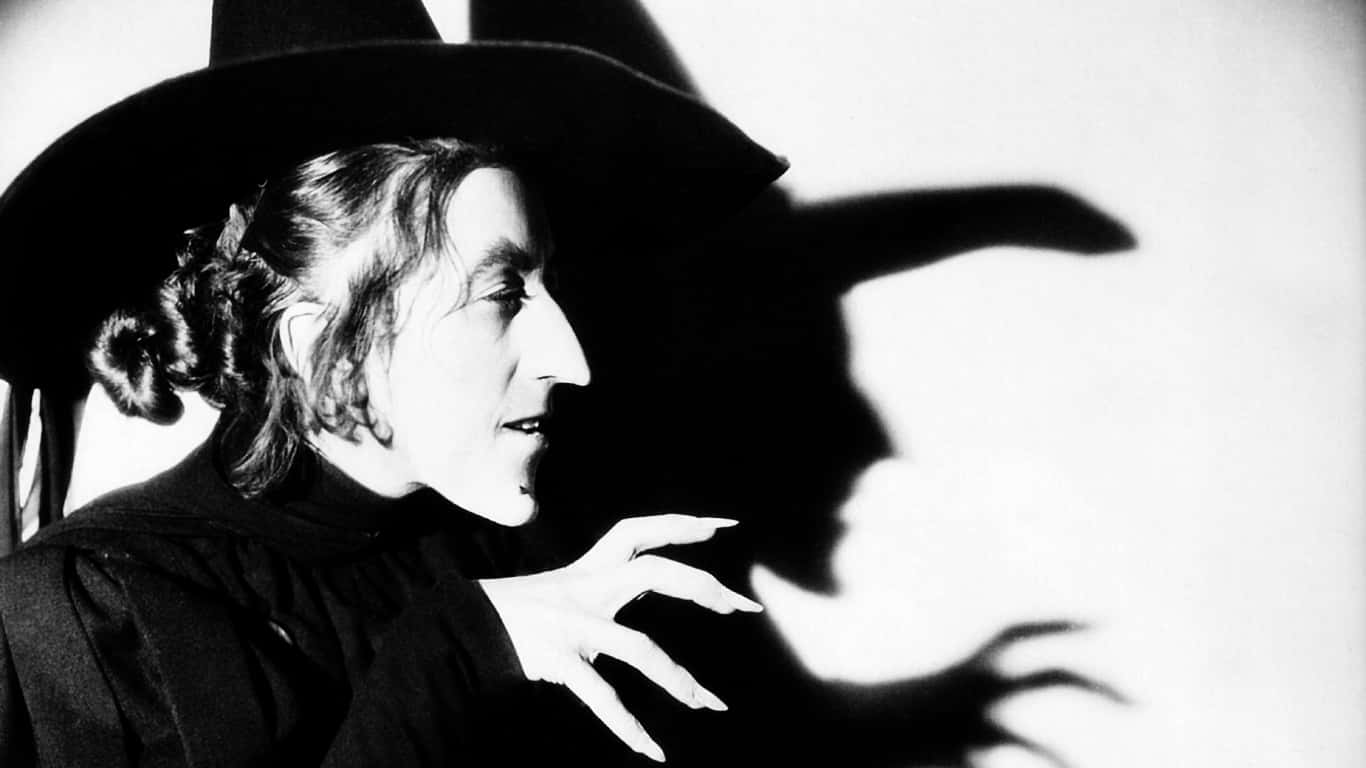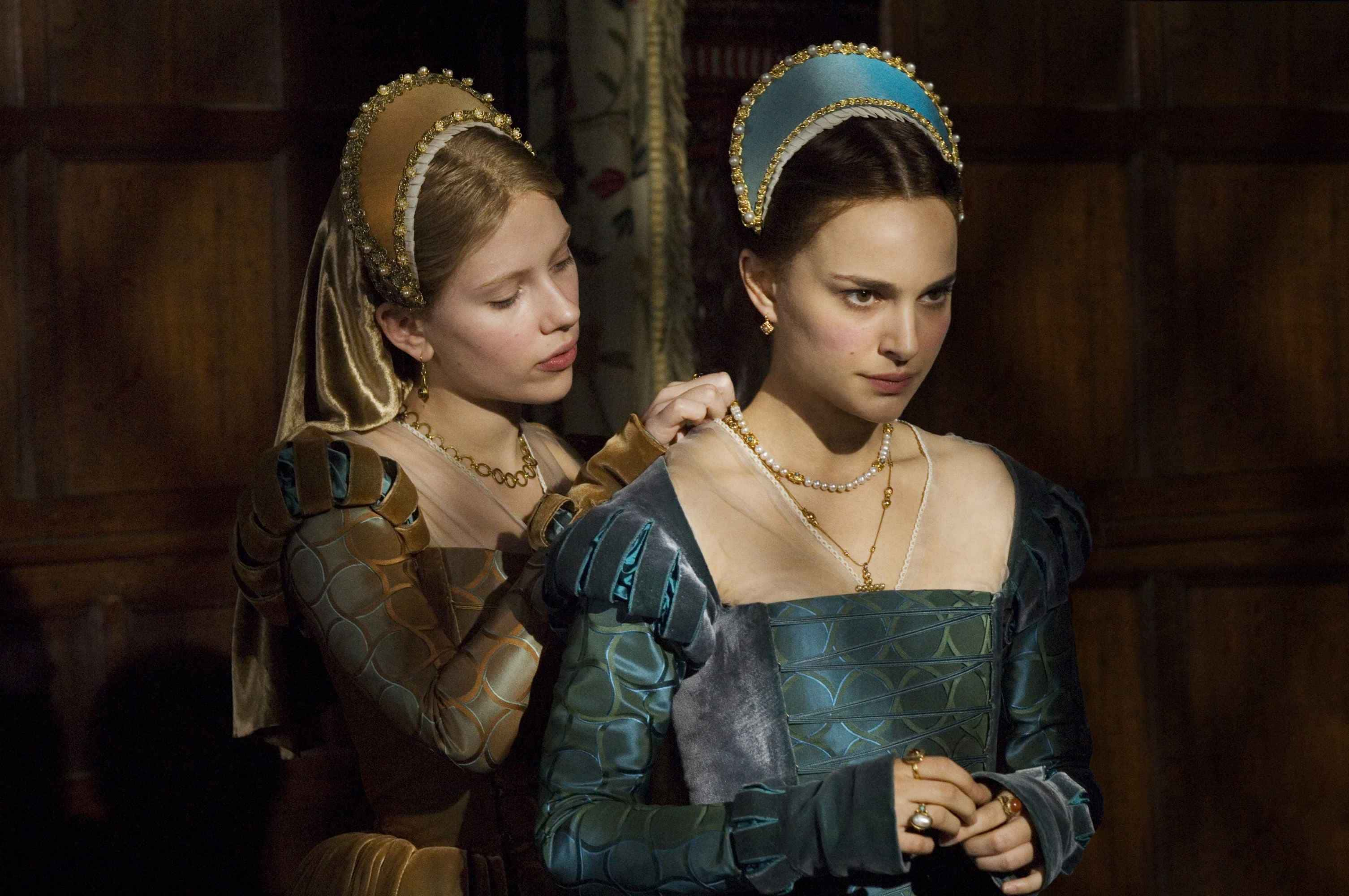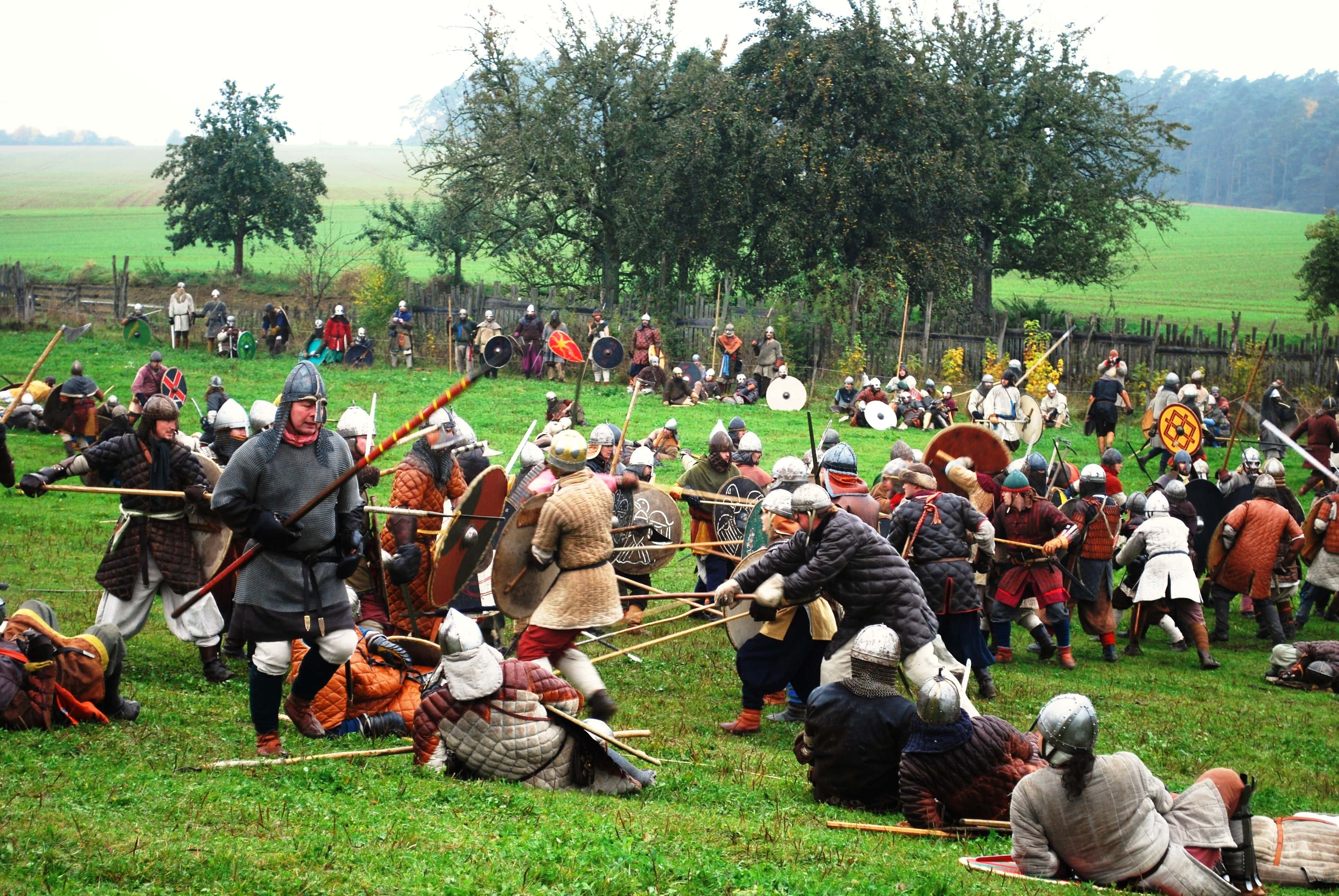One of the most fascinating periods in history, the medieval era spanned the 5th century to about around the 15th, starting with the fall of the Roman Empire and merging into the Renaissance and the Age of Discovery. It was punctuated by major events such as the signing of the Magna Carta, the Hundred Years War, and the Black Death. Here are a few things you might not have known about Medieval Times (the era...not the dinner theater).
Facts About The Middle Ages
1. How Long?
When we talk about Medieval times, we're usually referring to the Middle Ages, which lasted for a pretty long time: from about 400 to 1485 AD. Because of the extended time frame, the Middle Ages are generally split into the Early, High and Late periods. In England, the Anglo-Saxon period was in the Early Middle Ages and the Norman conquest took place during High Middle Ages.
2. The One True Name
Surnames weren’t introduced until 1066. Prior to that, everyone just went by one name. So instead of Bob Smith, he’d be just Bob. However, they’d go with nicknames. So if Bob really liked eating apples, he’d be Apple Bob. If he liked to fish a lot, he’d be Fishing Bob.
3. The Bad Beginning
Let's start with the basics: why do we call it the Dark Ages? It's relatively simple: in around the year 400, the Western Roman Empire collapsed. The great power which had brought order, prosperity, and a cultural code to Europe for 1000 years evaporated. In it's wake, the peoples of Europe struggled to define new forms of society, and build new means of gathering wealth. Why the "Dark Ages"? Because to a person of the time, that's what it must have seemed like: a truly cursed age.
The Getty Iris
4. Golden Cure
Urine was believed to be a great antiseptic. It was certainly good enough for Henry VIII’s surgeon, who abided by a policy that all battle wounds should be rinsed with the stuff. What’s more twisted? It wasn’t a terrible idea when you consider the alternatives; clean water was hard to come by in medieval times. Might as well use what you got.
5. Give ‘Em the Hokey-Pokey
Got hemorrhoids? A medieval monk would tell you to take a hot poker to the sore spots and ease those woes. This was standard until the 12th century, when a Jewish doctor by the name of Moses Maimonides challenged this medical hot take. Instead, he suggested that a good bath would do the (less painful) trick.
6. Do You Believe in Magic
The stereotype of the evil witch that had to be burned at the stake was not a medieval thing, but rather a more modern phenomenon that started in the 16th and 17th centuries. For much of the middle ages, the church’s position on magic was that it was stupid and didn’t work.
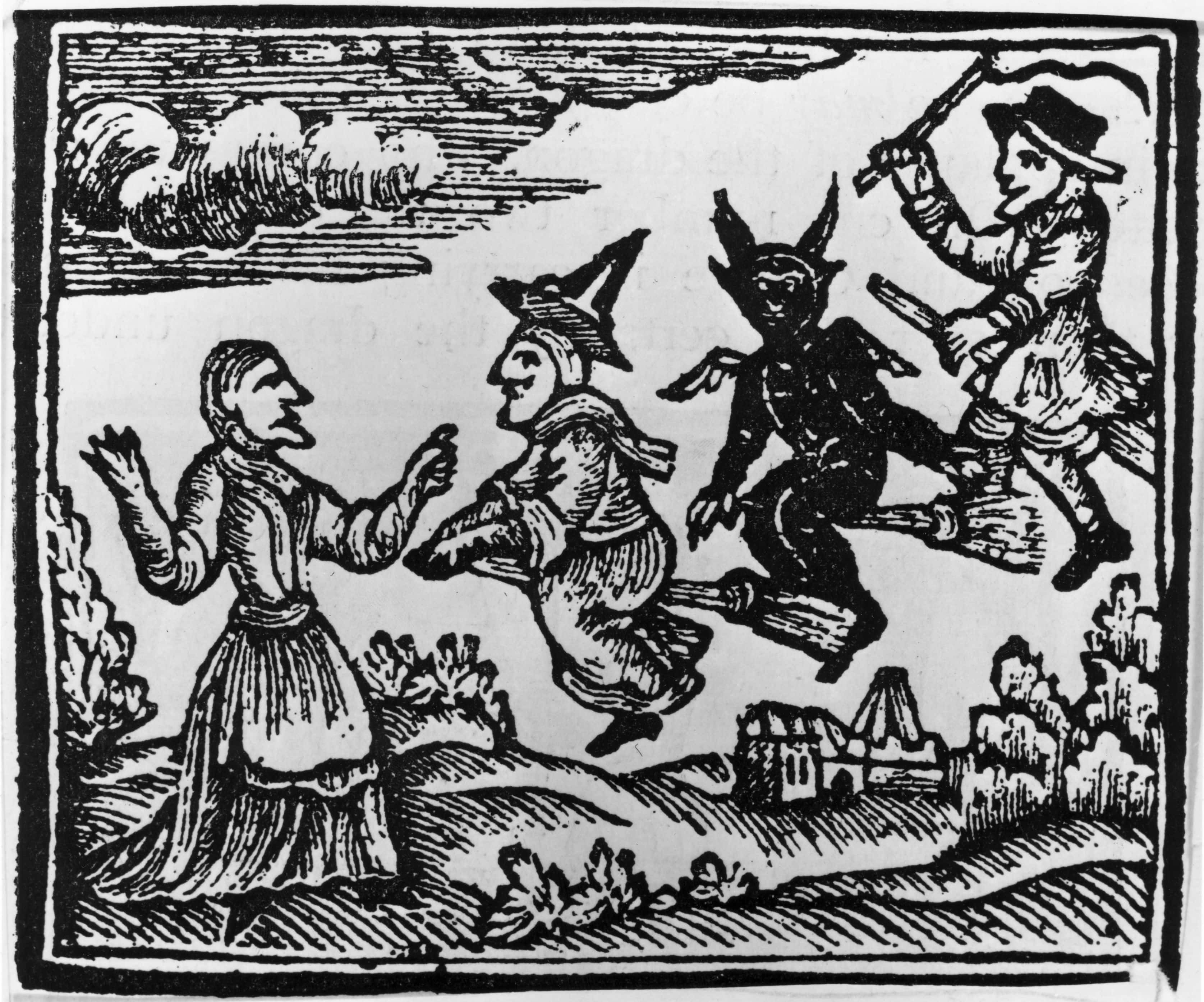
7. For Science! Huzzah!
Today the term “medieval” tends to be associated with backward thinking. But during the 13th century, contemporary scientists and researchers were inspired by the works of Aristotle and other classical authors to think more about the physical world around them. This led men like Roger Bacon (among others) to observe and experiment to learn more about their surroundings.
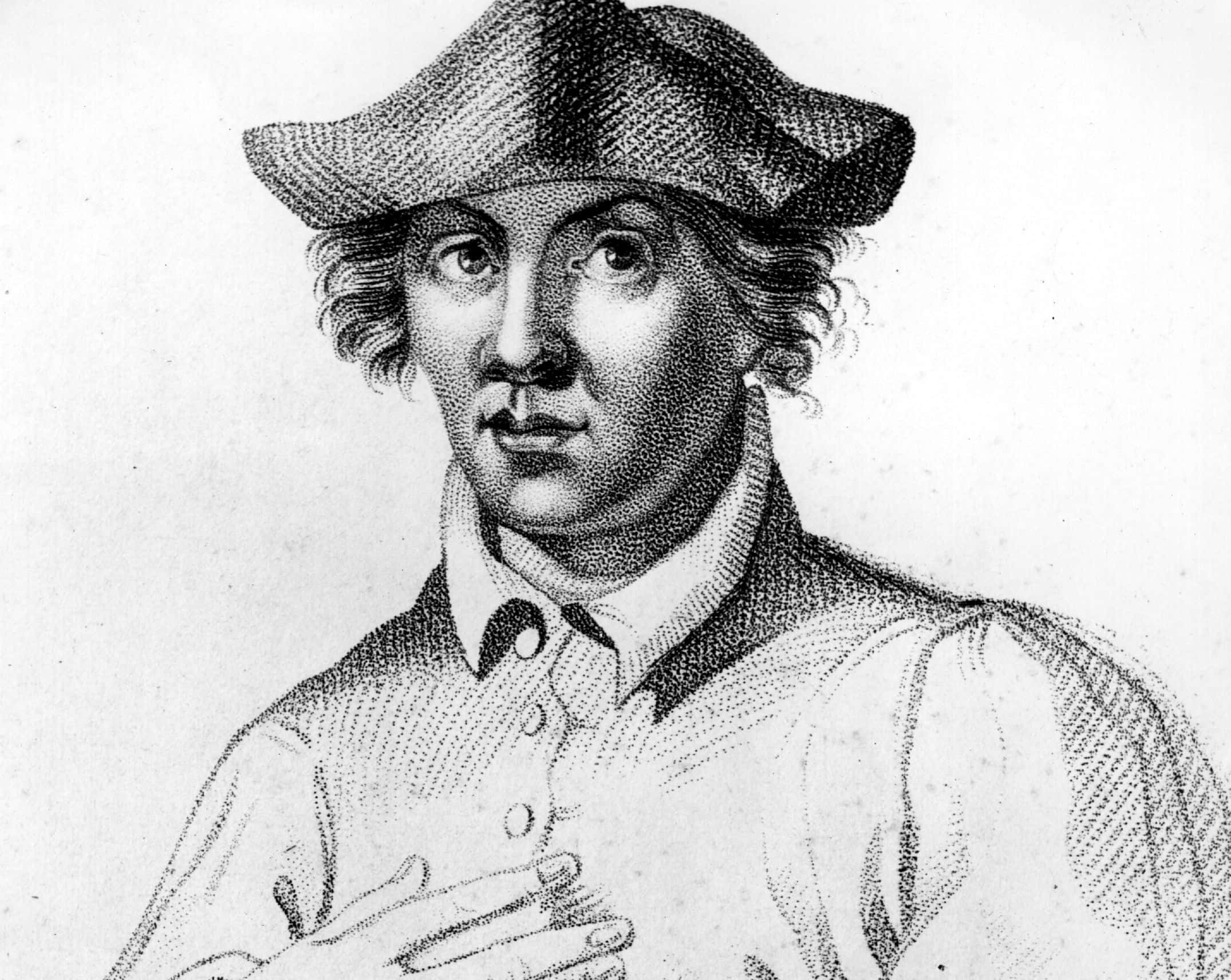
8. Roger Bacon: Time Traveler
Roger Bacon, by the way, predicted cars, helicopters, steamships, submarines, and SCUBA suits.
Although, to be fair, who didn’t see all those things coming?

9. Moor is Better
Beginning in roughly the 8th-Century, troops from Northern Africa conquered much of the Iberian Peninsula... what is now modern-day Spain and Portugal. Medieval scholars called these people the Moors... although the Encyclopedia Britannica is quick to point out that the term was lazily used to describe a wide variety of groups, including Arabians, Africans, and European-born Muslims. In any case, the "Moors" ruled that part of the world for about 6 centuries. And they were responsible for some of the most impressive societal advancements of the time. Some examples: They introduced Arabic numerals (1, 2, 3, and so on) as well as a whole host of words like “lute,” “magazine,” “Algebra,” “orange,” and “tariff."
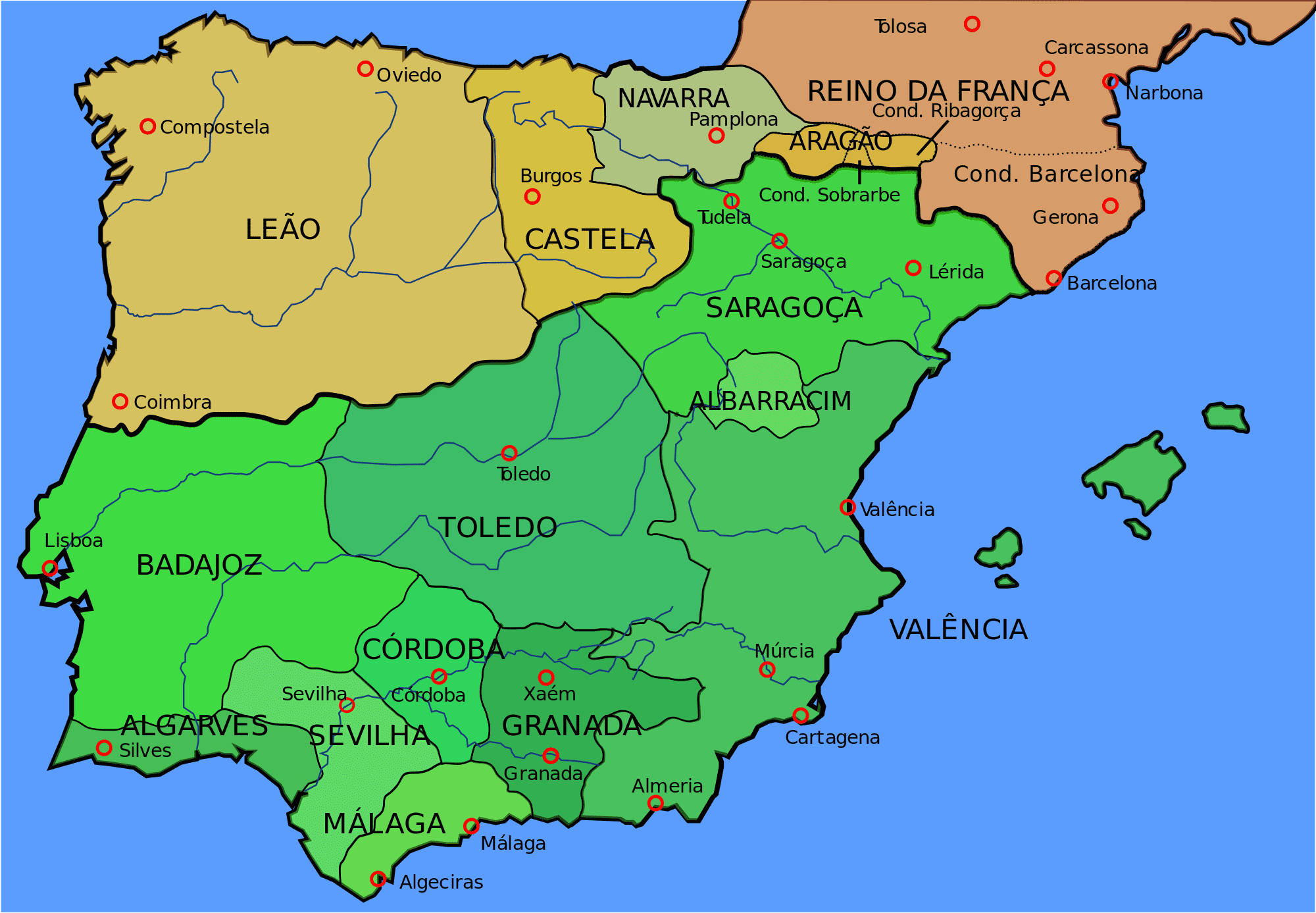 Wikimedia Commons, Phirosiberia
Wikimedia Commons, Phirosiberia
Iberian Peninsula

Sign up to our newsletter.
History’s most fascinating stories and darkest secrets, delivered to your inbox daily. Making distraction rewarding since 2017.
10. All a Board
The Moors made one more profound impact on the world: they brought with them a game that has gained some popularity around the world. You might have heard of it… Chess.
11. Queer as Folk
Though much of their culture was shaped by Christianity, there were a few folk customs that had more ancient origins. For example, they would throw wheat over the head of a married couple and roll burning barrels down a hill on Midsummer’s Eve, which seems like the medieval version of Donkey Kong.
12. Drinking for Good
Ever heard of a "help ale"? It's a medieval tradition we ought to bring back. Here's how it worked: In order to raise money for charity, medieval folks would brew a massive cauldron of liquor, with the help of an entire town. When the batch was ready to drink, they'd host a party, feast, or festival (or all three) and then collect donations from the drunken revellers. Not only does it sound like fun... it's also pretty clever. No doubt the people of the Middle Ages had figured out one of life's great truths: drunk people love to spend money.
13. To Believe or Not to Believe
It's easy to imagine the people of the Middle Ages as almost exclusively devoted church-goers. After all, the portrayal we often get in books and movies is of people who live every aspect of their lives in relation to the Catholic Church. But there were quite a few atheists alive during the time, who often rejected the teachings of the church in favor of the evidence around them. These people would argue that the poverty, occasional famine, and inequality that characterized the age could be interpreted as evidence that there was no God. Some would say they were ahead of their time. Others would say they’re going to hell. It all comes down to perspective.
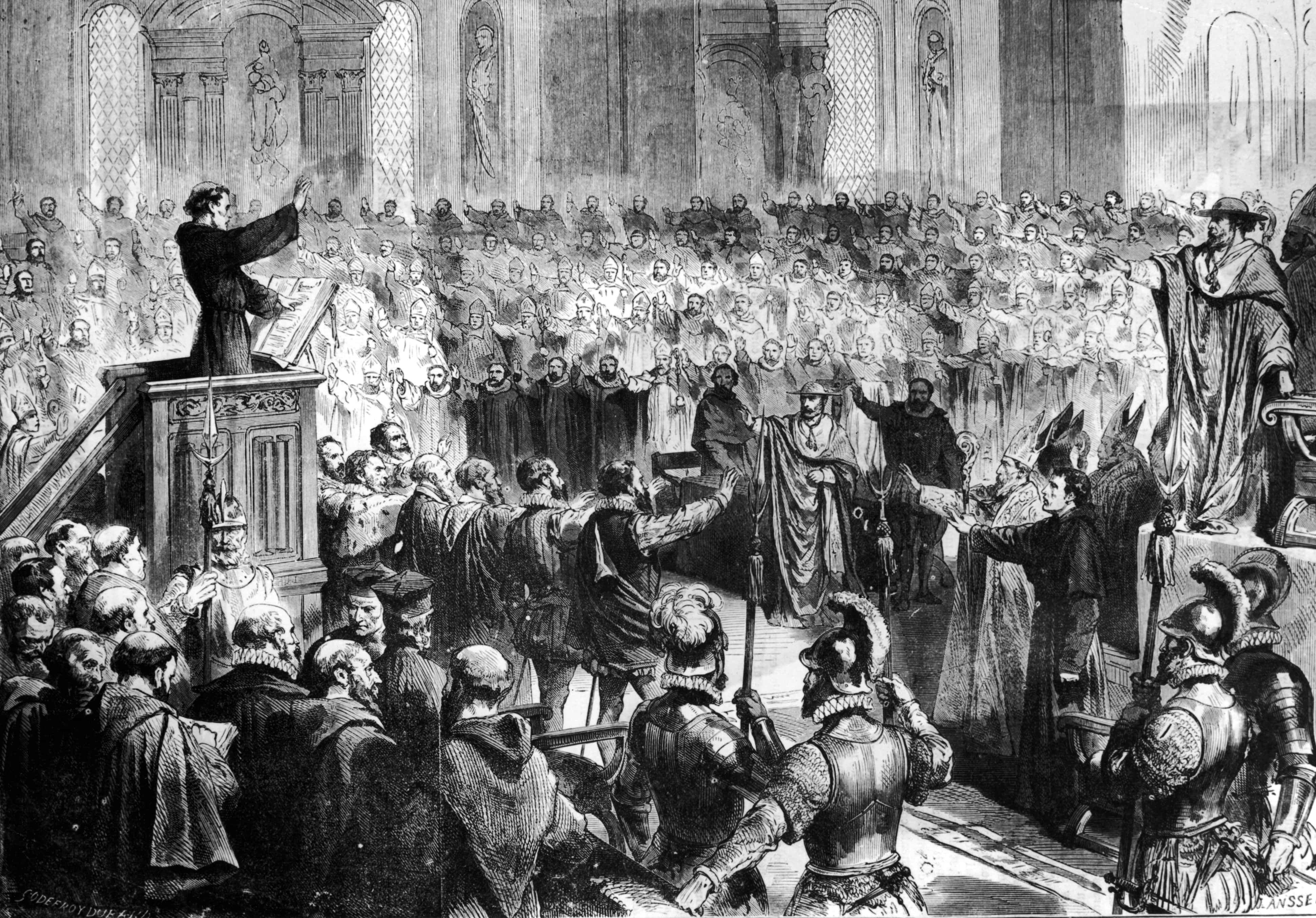
14. Any Given Sunday
Speaking of football... “Mob football” was a medieval “sport” that involved an unlimited number of players, a pig’s bladder, and very few rules. Because it was so destructive, it was banned by King Edward II in 1314. Leave it to those uncivilized Americans to bring it back.

Something like this
15. Archerybishop
While football was banned, archery was compulsory. In 1363, King Edward III instituted the archery law, which demanded that all male subjects practice archery for two hours every Sunday under the supervision of the local clergy. No doubt you've heard of Medieval England's supremely talented archers. Turns out that came from relentless practice.

16. Not Enough Bread for Bread
Common folk often had to produce their own food. Rye and barley bread was common amongst the poor when they couldn’t afford the large quantities of manure required to grow wheat. These peasants were so poor that they literally couldn’t afford poop.
17. If You Can’t Take the Wheat
Bread was a common foodstuff, but it was also dangerous when villagers ran out of wheat before harvesting season. They would resort to making bread out of old rye, which could be infected with ergot, a fungus that caused hallucinations and sometimes death. It’s just like that old saying, “Rye will get you high and then you’ll die.” It’s not really a saying. But it should be.
18. This Little Piggy
Medieval farm animals were very small compared to modern livestock. A full-grown bull would be about the size as a modern calf and sheep were a third the size. The amount of fleece a medieval sheep would produce was about 7 times less than that of a modern day sheep. Thanks science!
19. Da Bears
Brown bears once roamed the English countryside but they became extinct around the 11th century. In the latter parts of the Middle Ages, they were brought back to England for sport. Although, we suspect this was not a sport that benefited the bears.
20. Trying Times
Law and order was fairly brutal in medieval times. However, those accused of crimes were spared the deadliest of punishments until they had undergone one of three ordeals. The first, “Ordeal by Fire,” meant holding onto a red-hot poker for three paces and seeing if your hand healed within three days. If it didn’t, you were guilty. The second, “Ordeal by Water,” involved being tied up and tossed into a lake. If you floated, you were guilty, if you sunk, you were innocent (although a fat lot of good that did you if you drowned). The final ordeal was “Ordeal by Combat,” used by noblemen to fight their accusers. The loser was usually left for dead. It was only if you failed these ordeals that they killed you. Totally fair.
21. Kangaroo Court
There are records from medieval times that animals had been tried for murder and other crimes. There was a case where mice were taken to court for stealing and a swarm of locusts tried for eating crops. The locusts were tried in absentia because they’re such lawbreakers they didn’t even bother showing up for court. Typical swarms. Perhaps most shockingly, in Medieval England, the animals involved in zoophilic activities were deemed equally responsible. The crime was punishable by execution.

22. Peek a Booty
In the 14th century, men’s fashion was quite saucy, with fashionable young noblemen parading around in tights, corsets, and short tunics that would show off a little of their behind. There’s nothing more sexy than that.
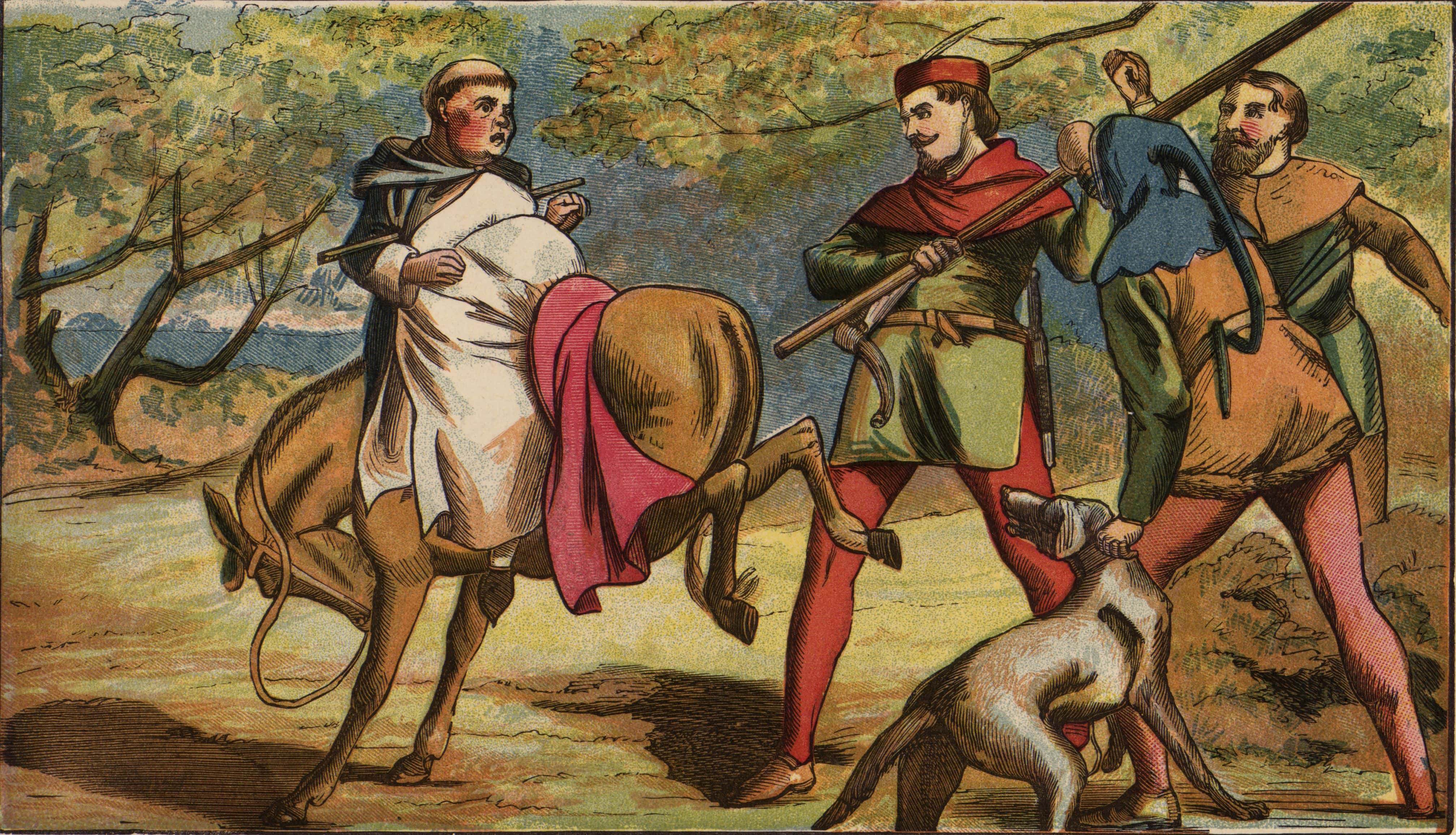
23. Stepping on Toes
The shoes that men wore were also rather ridiculous, with long-toed shoes being the height of fashion. By the late 14th century, toes were so long that they had to be reinforced with wool, moss, or whalebone, and nobles had to tie their toes to their leggings to get around.
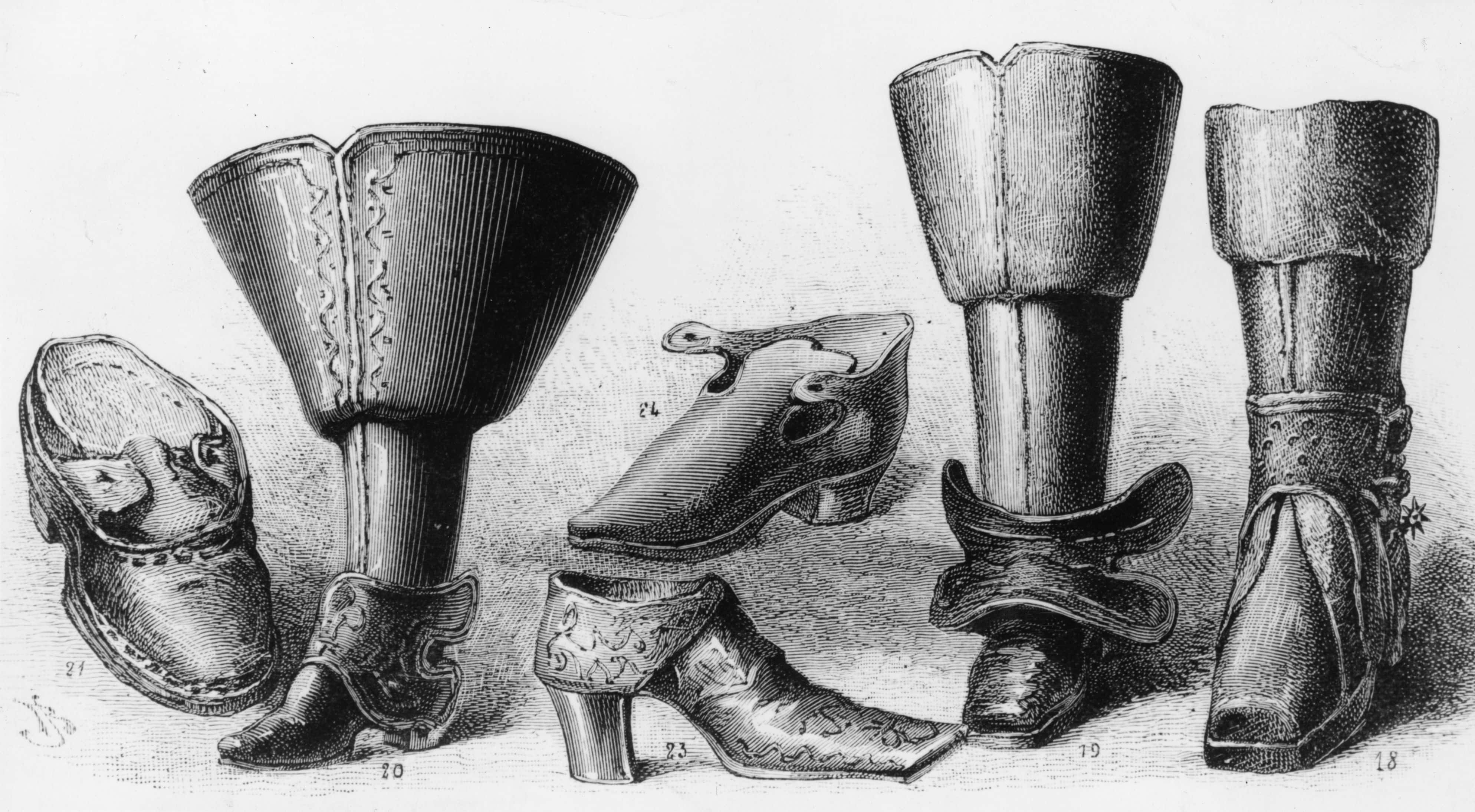
24. In Cod We Trust
One of the most popular fashion accessories of the Middle Ages was the codpiece – a flap or pouch that attached to the front of the crotch of men's trousers and accentuated or exaggerated the genitals. They were stuffed with sawdust or cloth and held closed by string ties, buttons, or other methods. The crotch was often extremely large or gave the idea of an erect member. The word, codpiece, comes from the Middle English word, cod, which means scrotum.
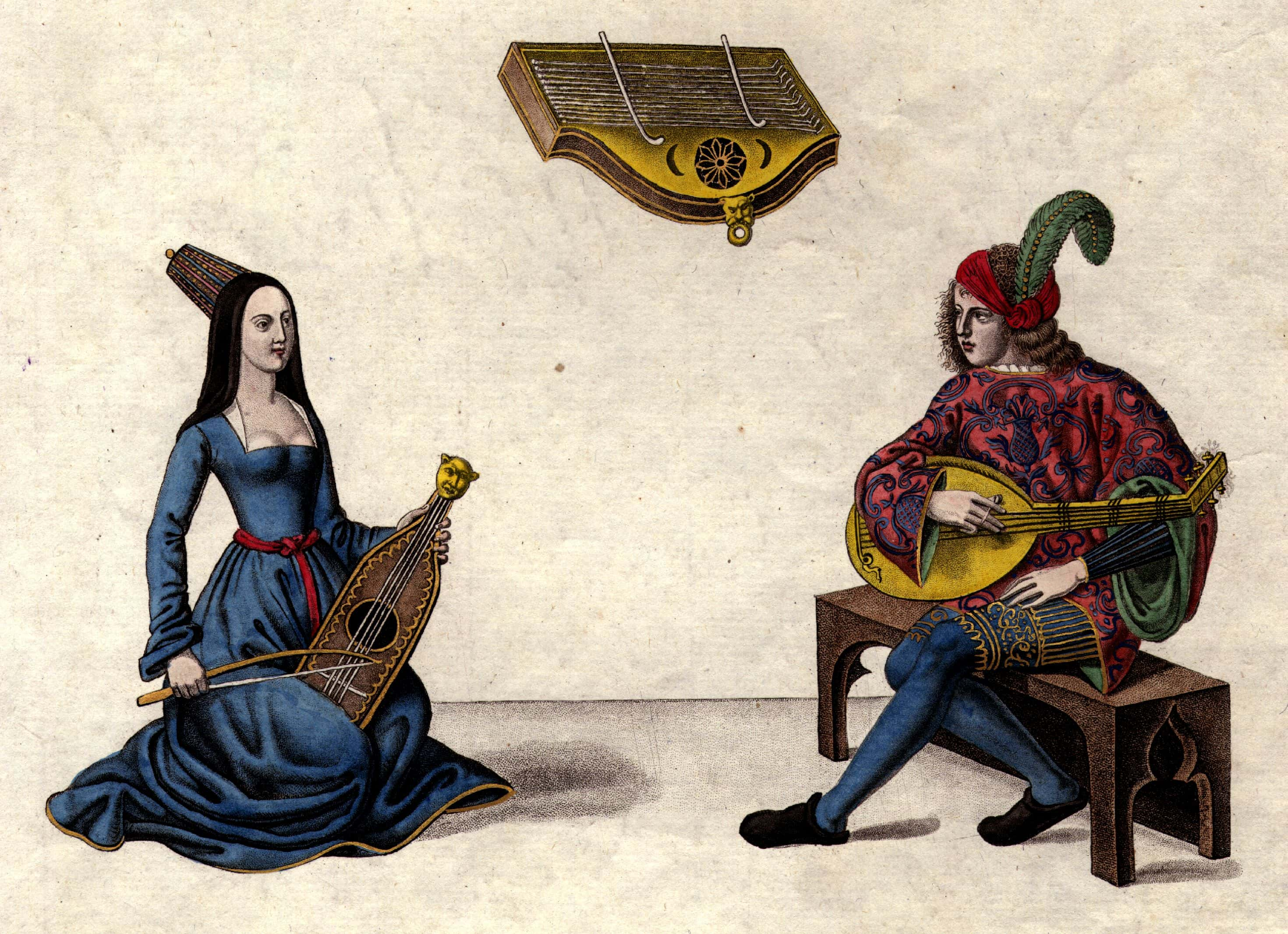
25. Homecourt Advantage
There was a major fight between a group of Oxford students and local townsfolk after a student complained about the drinks at a local tavern. The ensuing conflict cost the lives of 30 locals and 60 students. So… we guess the locals won.
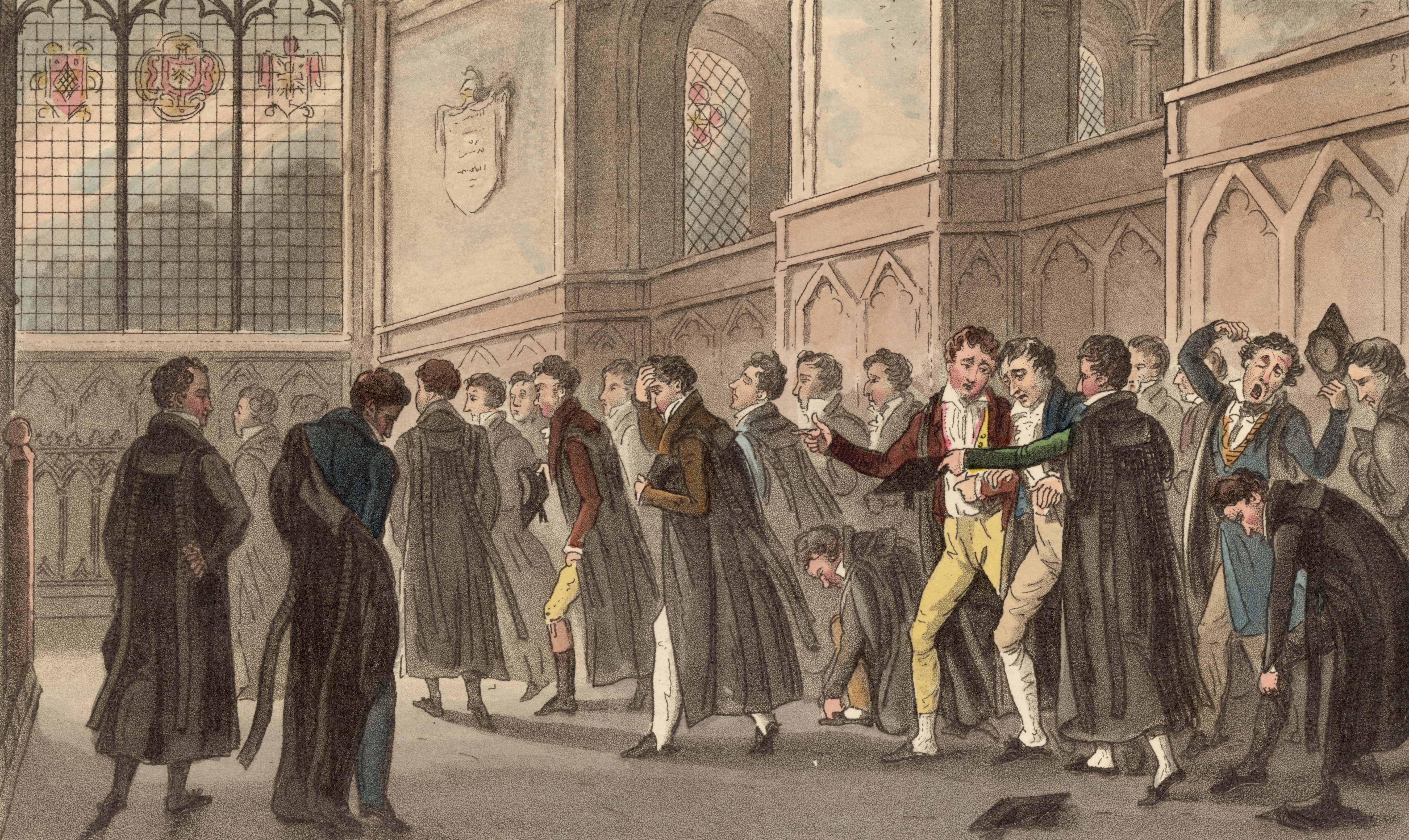
26. A is for Arrow
Oxford University had specific regulations in place that said students were not allowed to bring bows and arrows into class, which begs the question: What happened that made it necessary to enact such a rule in the first place?
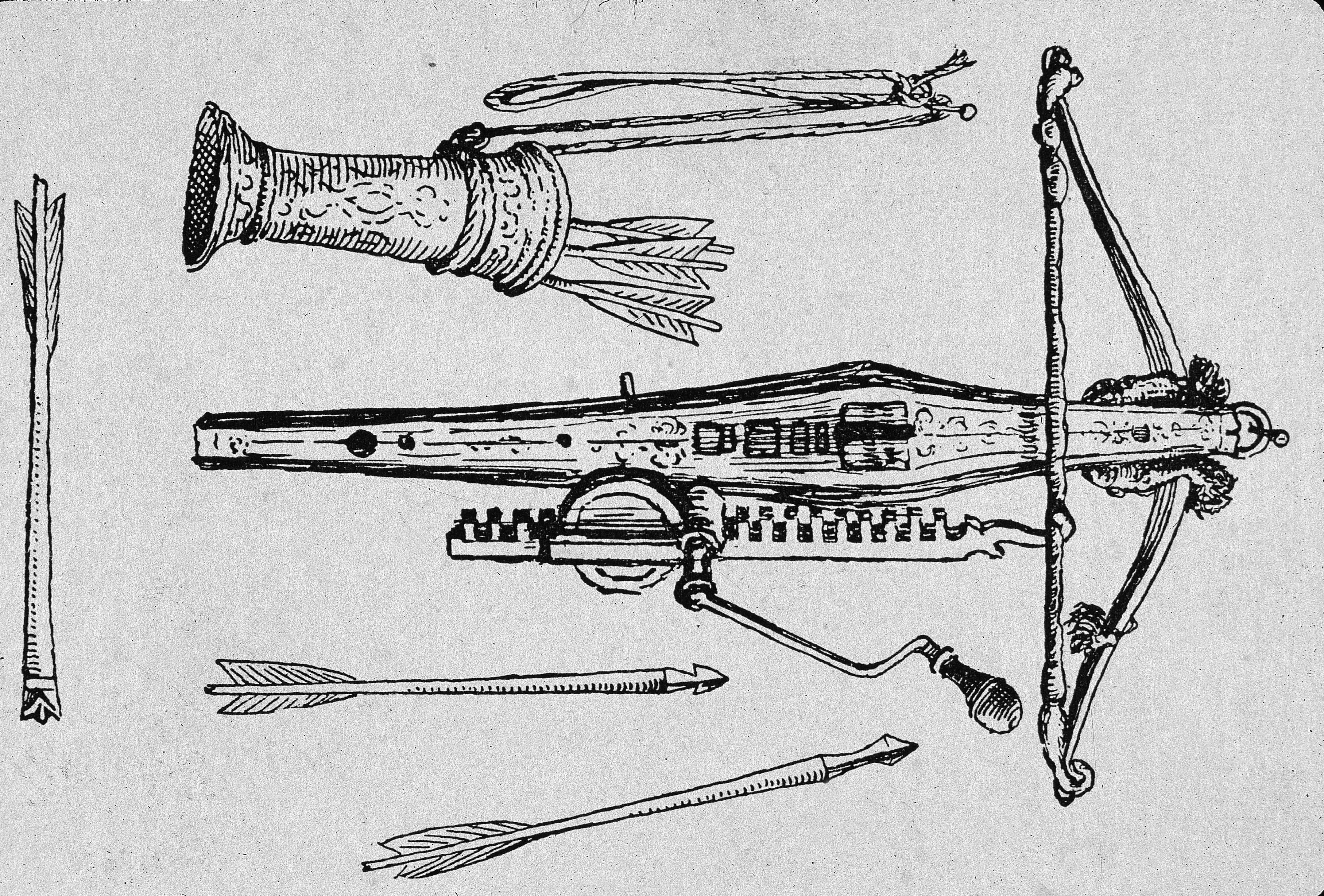
27. Where Does the Time Go?
In the early Middle Ages, days were divided into 7 hours of equal length. Winter hours were 60 minutes long while summer hours were 150 minutes long. Either way, time flew when you had fun. Some things never change.
28. Swan Song
Although Britain bans hunting them now, swans were fair game for upper class folks who had recipes such as “Roasted Swan in Entrail Sauce,” “Christmas Swan Pie,” and “Roast Cygnet.” Apparently, that ugly duckling grew up to be dinner.
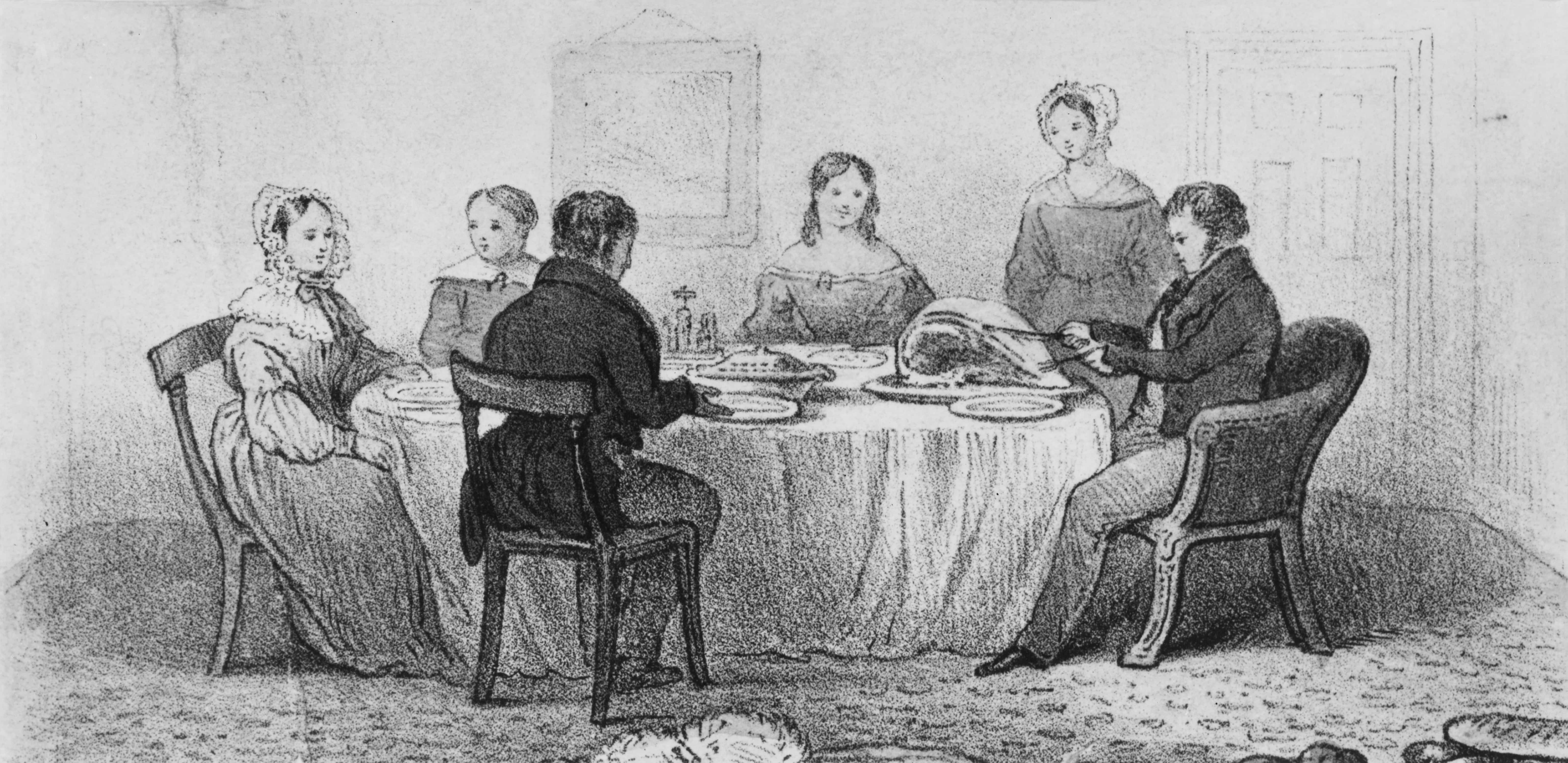
29. Full of Porpoise
One of the recipes in a 14th century cookbook was a version of haggis that called for the blood of a porpoise to be mixed with oatmeal, pepper, and spices and then boiled in a porpoise stomach. Gross.
30. The Bridge is Out
One of the earliest versions of London Bridge was torn down in 1015 by Saxons who had rowed up the Thames to help their king retake the city. Maybe this was the inspiration for the nursery rhyme, “London Bridge is Falling Down.” A bit on-the-nose if you ask us.
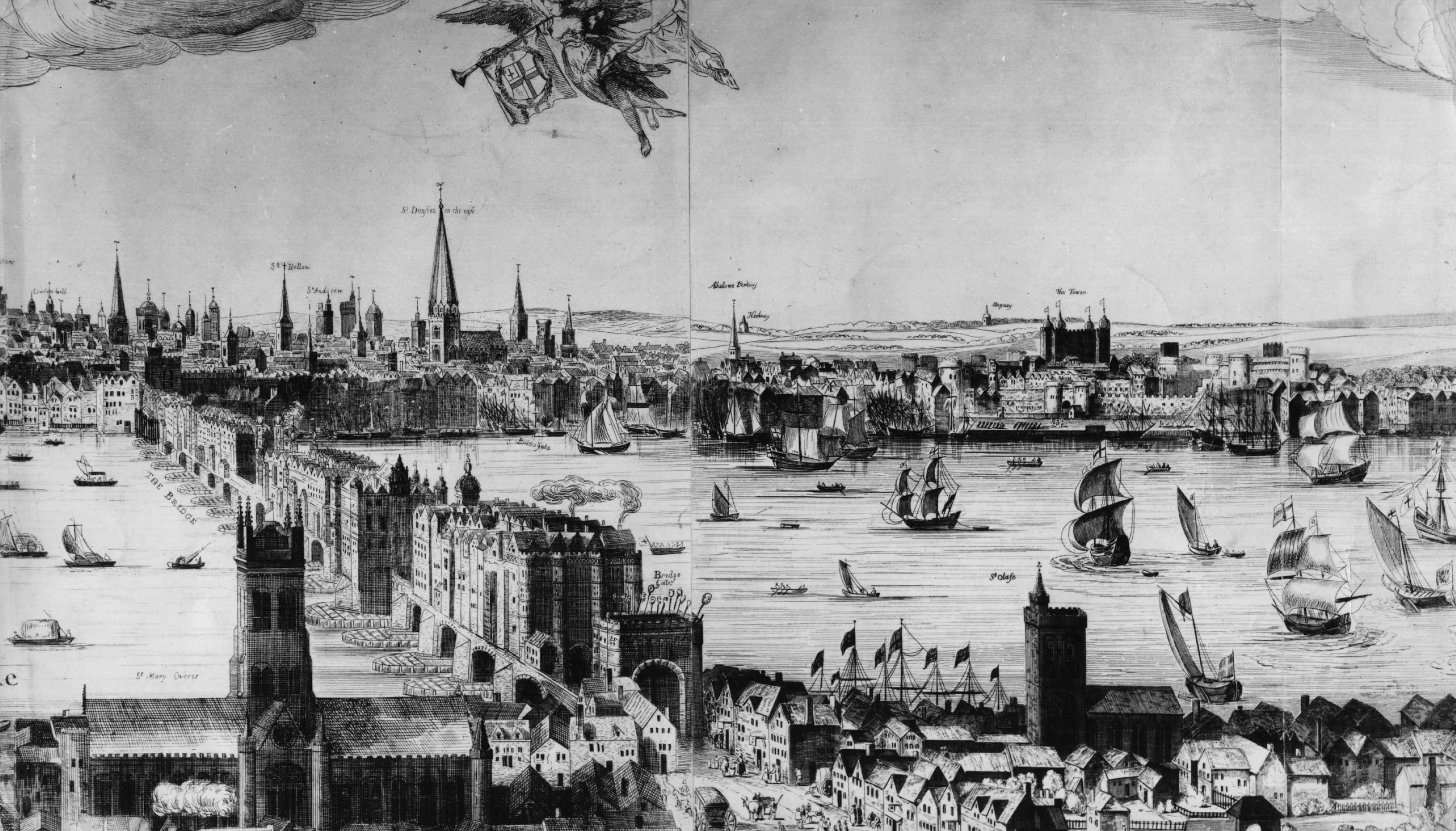
31. Road Rage
Bridges, in general, were fairly rare. Most of the time, the road would disappear into a river and reappear on the other side.

32. Breaking the Bank
In Medieval England, the word “pygg” referred to a type of clay that was used to make jars or pots. Coins were put into “pygg jars” and by the 18th century, became known as piggy banks.
33. Bad Knight
Although knights were portrayed as chivalrous Sir Lancelot types, the truth is that many knights were assholes with swords. In 1379, Sir John Arundel rode to a convent, looted the nunnery, stormed a nearby church, kidnapped and raped a newlywed bride, before topping it all off by taking the nuns out the sea and tossing them overboard.
34. Not Up to Code
According to the Song of Roland, an epic French poem that was very popular from the 12th to 14th century, of the seventeen entries in the Knights’ Code of Chivalry, twelve of them dealt with chivalry and not combat. Clearly, Sir John Arundel was not acquainted with the code. Or he chose to ignore it. Either way, not cool.
35. Medieval Siri
Most medieval writers didn’t actually write as working as a scribe was seen as labor and not an intellectual pursuit. Instead, they would dictate and a scribe would write it down for them.
36. Hi Ho Wilbur!
Young knights trained by riding on piggyback before finally graduating to horses. Call ‘em training wheels. Tasty tasty training wheels.
37. Taking Measures
Before jousts, the lances were measured to ensure that they were of equal length and neither knight had an advantage because, when it comes to jousting, size does matter.
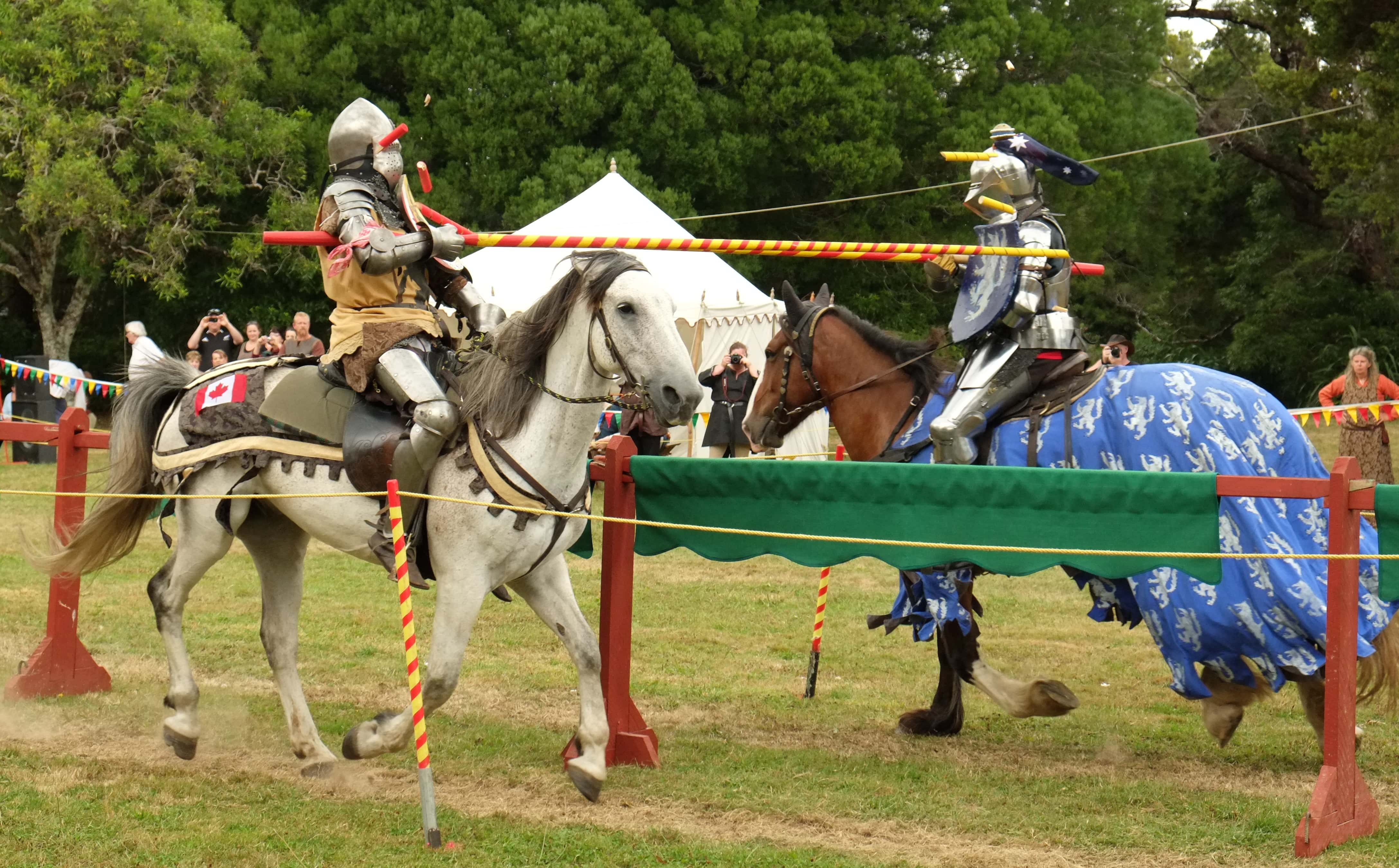 Wikimedia Commons, Pseudopanax
Wikimedia Commons, Pseudopanax
38. A Deadly Combination
Knights would meet each other at a combined speed of 60 mph during a joust. Just for comparison, most fatal crashes happen under 40 mph, so having a sharp wooden pole jammed through your chest at 60 mph was probably… uncomfortable.
39. Girls Just Wanna… Fight with Swords Too
There were some historical accounts of female knights as well. Petronilla, Countess of Leicester, fought alongside her husband Robert during the 1173 rebellion against King Henry II. She wore a mail hauberk and carried a sword and shield into battle. Unfortunately, the story goes that she fled the battle and then tried to drown herself in a ditch.
40. Rumors
There was much evidence suggesting that King Richard I (the Lionheart) was gay. Rumor has it he met his wife Berengaria whilst in a sexual relationship with her brother, the future King Sancho VII of Navarre. It was also reported that he and King Philip II of France were involved.
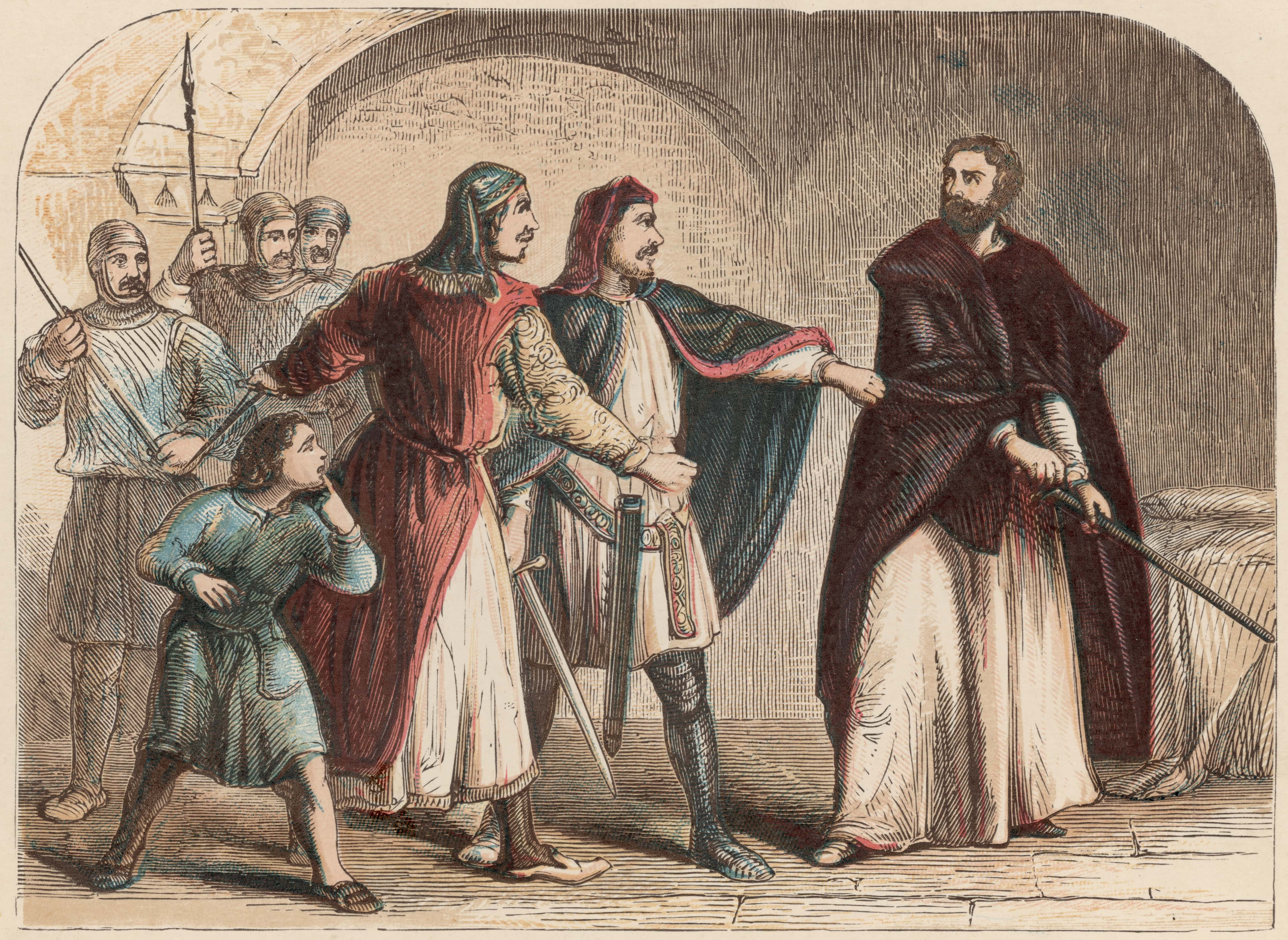
41. Long Distance Relationship
Richard’s wife, Berengaria, was the only Queen of England to never step foot in England.
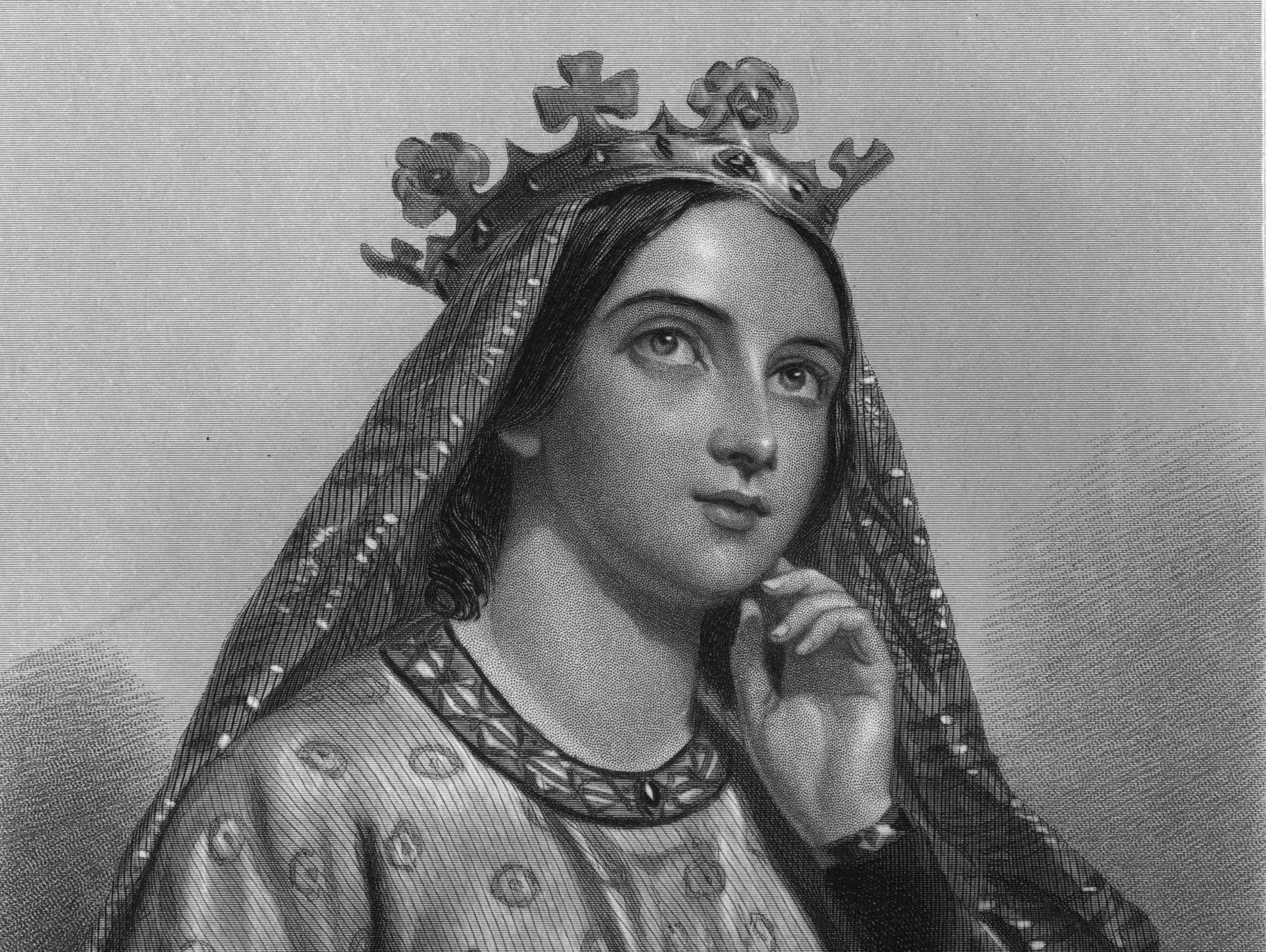
42. Go With the Flow
Contrary to popular belief, gargoyles were not put there by churches to ward off evil spirits. They were actually there to prevent water damage by having the water flow out of their mouths and away from the building.
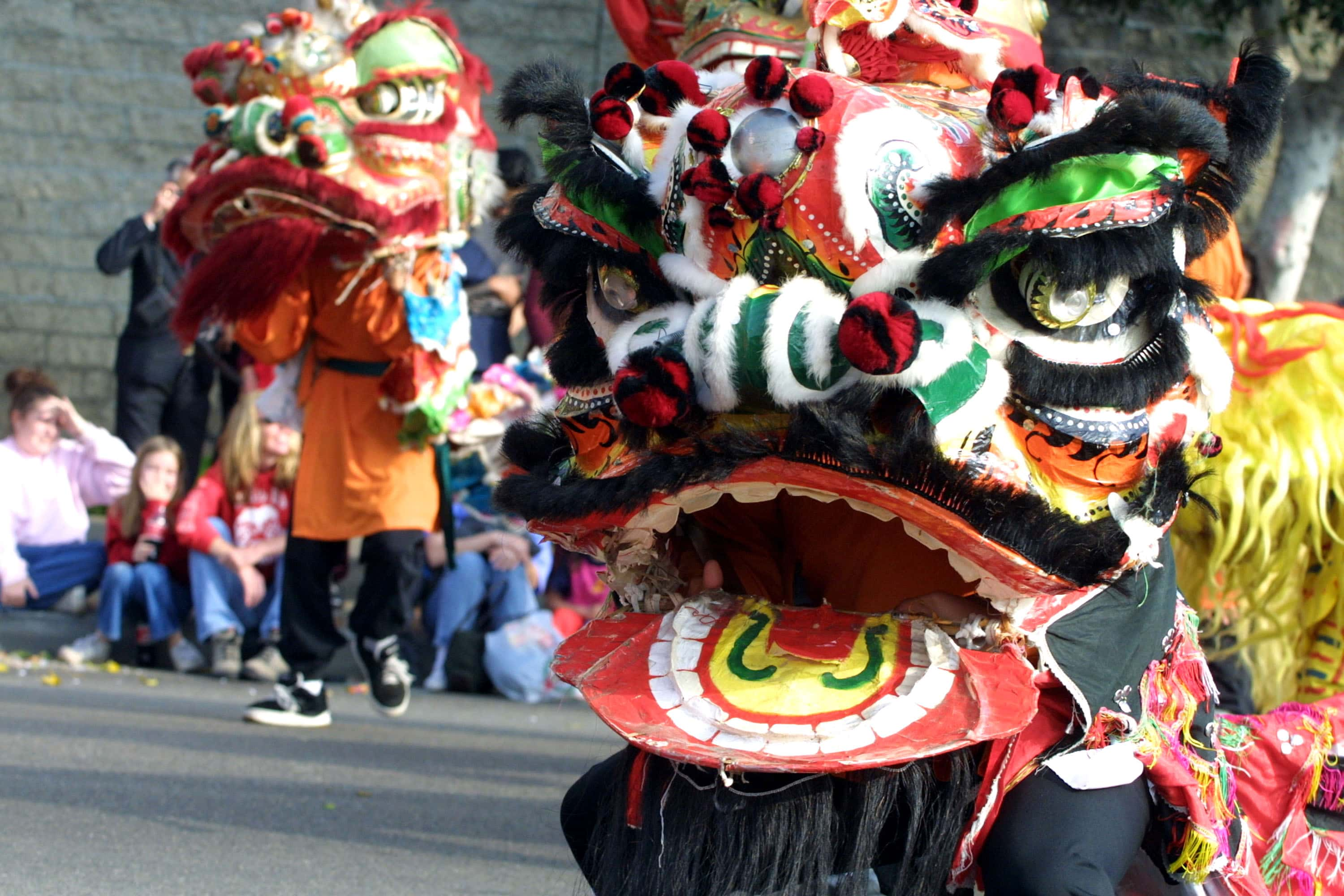
43. Filthy Rumors
Although medieval folk were depicted as filthy, they believed in the tenet that “cleanliness is next to Godliness,” and they took whatever opportunity they had to bathe. Hygiene did deteriorate somewhat after public baths were opposed by Protestants in the 16th century due to high levels of prostitution. We guess there’s a difference between filthy and FILTHY.
44. Bad Blood
Bloodletting was a common medical practice in Middle Ages, which was meant to let ‘bad blood’ out of the body. Medieval Europeans were so into it, they had texts advising which saints’ days were best for bloodletting, and charts showing which parts of the body were best to bleed according to the zodiac.
45. Empty on the Inside
While England has a population of around 53 million now, in 1086, only a million people lived there. By the 1300s, the population had climbed up to 4 million but then 1.5 million of those people were wiped out in two years by the Black Death. So one of the defining features of Medieval England was that it was actually pretty empty.
46. Alternative Medicine
One of the recipes for medicine to protect against the plague was an ale that had crushed roasted egg shells, leaves, petals of marigold flowers, and a little treacle. Given the enormous death count, as you can imagine, this remedy was not particularly effective.
47. Splitting Pain
Two medieval torture methods used simple devices and the force of gravity to inflict unimaginable pain. The Judas Cradle was a pyramid-shaped spike that a victim would be forced to sit on, so that it penetrated their anus. The Spanish Donkey used a similar principle, but victims would straddle a wedge-shaped board with a pointed top. Torturers could strap weights to the feet of their victims to increase the suffering.
48. Just a Little off the Top
The iconic red and white barber’s pole symbolized blood and bandages as most barbers also performed double duty as surgeons and dentists. Bandages stained with blood would be washed and hung from a pole outside the barber’s shop and, after twisting in the wind, would wind around the pole into the recognizable spiral pattern. How barbaric.
49. Man-Made Miracles
Cannibalism wasn’t always a taboo. Medieval doctors kept their patients in check with drinkabe byproducts of human blood and flesh. “Mummy powder” was a commonplace fixture of 12th-century apothecaries, and these practices even had a name: "corpse medicine." Well into the 17th century, even English monarchs like Charles II dined to a healthy regime of what he called “King’s Drops,” aka alcohol mixed with crushed human skulls. Salty!
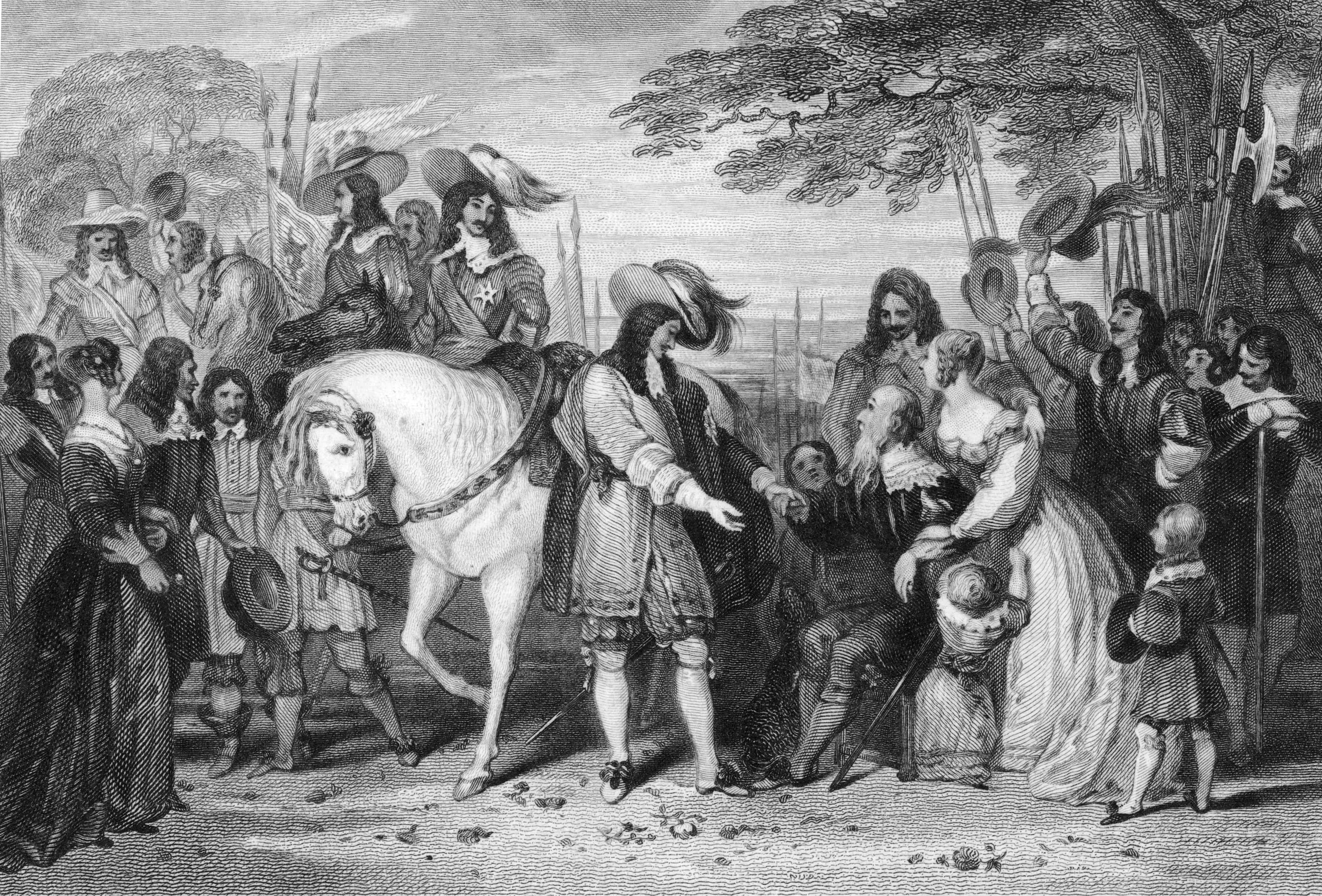
50. Play with a Friend, Not Yourself
The use of dildos was punishable with five years of penance. A book from the Christian church said: “Have you done what certain women are accustomed to do, that is to make some sort of device or implement in the shape of the male member of a size to match your sinful desire? If you have done this, you shall do penance for five years on legitimate holy days.”
51. But Don’t Play with Certain Friends…
When King Phillip of France (“Phillip the Fair”) discovered his three daughters-in-law were having intimate relations with knights from his court, he forced his daughters to stand trial for adultery. Two of the daughters were found guilty. They had their heads shaven and were sentenced to life imprisonment. Th knights were found guilty and were subject to a gruesome torture and execution: they were castrated, flayed, disemboweled, and hanged.
52. Splitting Pain
Two medieval torture methods used simple devices and the force of gravity to inflict unimaginable pain. The Judas Cradle was a pyramid-shaped spike that a victim would be forced to sit on, so that it penetrated their anus. The Spanish Donkey used a similar principle, but victims would straddle a wedge-shaped board with a pointed top. Torturers could strap weights to the feet of their victims to increase the suffering.
53. Feeling Sluggish
During the Crusades, Muslims would sometimes defend themselves with aconite, a kind of poison. The 14th-century physician Guido da Vigevano noticed slugs munching happily on some aconite leaves, and did what any of us would do: He made slug soup. Just as Vigevano had hoped, the sluggy dish made an effective antidote against aconite poisoning.
54. Pain Before Pleasure
Sexual acts meant for pleasure and not for procreation were considered a sin, punishable by life in prison. So was any form of female domination over a man—meaning women couldn’t go on top. One saint, Francesca Romana, was forced into marriage and she was so scared of experiencing pleasure, she burned her own genitals with hot fat to make sex as miserable as possible.
55. Like a Log
King Henry VI suffered from a ‘sleeping sickness’ that remains mysterious to this day. After a sudden fright, the King fell into a catatonic state for a year and a half. When he woke up, Henry VI was reportedly childlike and agreeable, but sometimes couldn’t recognize people. The king continued to slip into catatonia periodically for the rest of his life.
56. Bad Blood
Bloodletting was a common medical practice in Middle Ages, which was meant to let ‘bad blood’ out of the body. Medieval Europeans were so into it, they had texts advising which saints’ days were best for bloodletting, and charts showing which parts of the body were best to bleed according to the zodiac.
57. Middle-Aged Teens
A useful indicator for the quality of life—or lack thereof—in a certain time or place is the average life expectancy. Since a man born between 1276 and 1300 in Medieval England could only expect to make it to 31 years old, life must have been really tough. Good news for the ladies, though: women born in the same time period on average made it past childbearing age. Phew!
58. Let’s Get Day-Drunk
In Medieval England, people rarely drank water because of the risk of disease. While fresh spring water would do in a pinch, most people turned to the most sensible alternative: alcohol. It was perfectly common to drink large amounts of wine, beer, or cider, meaning it was also perfectly common to be drunk most of the time. 10:30 am? Guess I’ll crack a cold one! But what do you drink when the hangover finally sets in?
59. Laying Hands
Among the many diseases people had to fear in the Middle Ages was the King’s Evil, a form of tuberculosis that caused black lesions all over the neck, which would rupture and leave open sores. The only cure was a touch from a king or queen. King Henry IV alone touched 1,500 people suffering from the disease, though it’s not clear how many he cured…
60. Silent Majority
The Domesday Book of 1086 tells us that about 74% of the population of the English countryside was not free. Serfs, cottars, bordars, and slaves were all bound in servitude to a lord for life, and needed his permission for every major decision—even marriage.
61. A Bad Way to Go
If you were sentenced to death in Medieval Europe, you’d probably hope for something quick like a beheading. Certain execution styles were designed to make death as long and painful as possible. Drawing and quartering, for example, required the victim to be dragged behind a horse, hanged until almost but not quite dead, disemboweled while still alive, and then pulled or cut into four pieces. Sounds excessive, no?
 YouTube
YouTube
62. Unorthodox Measures
Crusaders famously sacked Jerusalem, but even Christian cities weren’t always safe from their attacks. In 1204, the armies of the Fourth Crusade entered Constantinople, the capital of the Byzantine Empire and a major Christian center—which unfortunately didn’t protect the inhabitants from being slaughtered for practicing their religion the ‘wrong way.’
63. 50/50
The Black Death killed roughly half of Europe’s population. If you lived in the 1340s, you would have had only a 50% chance of survival—and that’s not counting all the other stuff that could kill you!
64. Ever the Scapegoat
As the bubonic plague swept through Europe in the 1340s, no one knew what caused it or how to cure it. Some thought it was a punishment sent from God, and thousands of Jews were murdered as heretics in an effort to get back on God’s good side.
65. Bad Crops
The plague wasn’t the only cause of mass death and suffering in medieval Europe. Between 1315 and 1317 (with the aftermath lasting over a decade), excessively wet summers caused bad crops and a devastating famine. 10% to 15% of Europe’s population died in the famine.
66. The Kids Aren’t Alright
Of all the harebrained schemes in the Middle Ages, it’s hard to beat the Children’s Crusade. This crusade, staged in 1212, involved sending children to the Holy Land to convert the Muslim population peacefully. According to accounts, the children only made it as far as Italy before merchants promising to take them to their destination instead sold the kids into slavery.
 YouTube
YouTube
67. No Joke
The Battle of Hastings, the great encounter between the Saxons and the Norman invaders, got off to a slow start: The Saxons had the high ground, and didn’t want to sacrifice their advantage by charging. The Normans coaxed them into charging by sending a juggler out. The Saxons were confused by his juggling, and when he concluded by hurling a spear into their line, the Saxons lost it and charged.
68. Uncle Scar IRL
When England’s King Edward IV died in 1483, he left two sons, the eldest of whom was only 12 years old. Edward’s brother, Richard, had the boys declared illegitimate, and therefore not entitled to the throne. Richard was crowned King Richard III, and the two boys ‘mysteriously’ disappeared shortly afterward. So the next time you get ‘King Richard III is one’ as a crossword clue, the word you’re looking for is ‘Usurper.’
69. Taking the Blame
Medieval Europe was full of religious fanaticism, and it could be costly if the dominant faith considered you a heretic. Following massacres of English Jews in the 12th century, King Edward I banished the entire Jewish population in 1290—they weren’t officially allowed back for nearly 400 years.
70. Women’s Work
Men weren’t the only ones fighting battles and running castles in the Middle Ages. Nicola de la Haie was a noblewoman at the turn of the 13th century who inherited the titles of Sheriff of Lincolnshire and Constable of Lincoln Castle from her father, and twice defended Lincoln Castle from a siege. Though the aging and widowed Nicola tried to retire in 1216, King John convinced her to continue her duties for another ten years.
71. A Ragtag Group of Misfits
How do you defeat the best knights in the best armor France can find? England’s King Edward III found the solution in his country’s seedy underbelly, recruiting violent ruffians from prisons and sketchy backstreets to join his army. The scrappy English soldiers proved too strong for the French knights at Crécy, Poitiers, and Agincourt.
3. The King Is Dead
King Richard the Lionheart of England died at only 41 years old,after a crossbow bolt snagged his left shoulder in 1199 during a castle siege. Once the bolt was ripped out, the wound quickly became infected. He died just two days later.
Before his death, Richard summoned the man who had shot him; he turned out to be a mere boy. When asked why he had shot the King of England, this mere boy spat out that Richard had killed his father and brothers, and he was seeking his revenge. He thought he was facing certain execution, but Richard's final words to him were an act of mercy. "Live on, and by my bounty behold the light of day," the King said, forgiving the boy and sending him away with 100 shillings. Tragically, Richard's royal pardon may have been immediately betrayed: one source reports that a vicious captain named Mercadier went against the King's wishes, flaying the boy alive and hanging him in revenge.
73. What’s That Smell?
King Edward III banned the slaughtering of animals in London, because the stink of rotting flesh and guts in the city had become overpowering. Rotting meat was also commonly dumped in the Thames—no wonder they avoided drinking water!
74. Where the People Go
Where do people go for fun in this town? Try the cemetery! In the Middle Ages, cemeteries could be the social hub of the community, hosting theater performances, local elections, trials, and lots more. They were also a place of business: Shops in cemeteries were exempt from taxes, and prostitutes would ply their trade among the tombstones.
75. No Kidding
The Middle Ages were not a good time to be a child under seven. Based just on written records, scholars have found that 20% to 30% of young children died, and the actual number is likely higher. The majority of victims of the plague were children, and little kids also had to contend with whooping cough, influenza, tuberculosis, measles, smallpox, and much more.
76. Medieval Zombies
There are many ghoulish stories of corpses rising from the dead in the Middle Ages. One 12th century writer, William of Newburgh, recorded several ‘reliable’ accounts of revenants (living dead) and even vampires. In Scotland, Melrose Abbey’s monks reported being visited by a dead priest who kept “groaning and murmuring in an alarming fashion.”
77. Dying With Dignity
Though nowadays most of us hope for a quick and easy death, this was considered the worst way to in the Middle Ages. That’s because dying without the chance for confession and Last Rites meant the deceased’s spirit would wander restlessly forever. Quick deaths were therefore associated with sinners and murderers, while slow, drawn-out deaths were for respectable people.
78. Accurate Representation
How would you like to be remembered after your death? If you chose “as a rotting corpse,” you would fit right in with Medieval society. There was a type of tomb called ‘transi tombs’, which would display a sculpture of the deceased in an advanced state of decomposition, sometimes being eaten by snakes or other creatures.
 KAOTIC
KAOTIC
79. Making Sure
Before the advent of modern medicine and technology, it was difficult to tell if someone who appeared to be dead was actually dead. Methods of checking included pulling the deceased’s hair, twisting their fingers, and pricking them with a needle. One Medieval poem recounts Charlemagne biting the toe of Roland in an effort to wake him up.
80. Don’t Choke
Medieval torture methods were just as bad as the stereotypes would have us believe. One gruesome device was the choke pear, a metal contraption that torturers would insert into a victim’s orifices and then expand. I didn’t see that the last time I went to Medieval Times!
81. I Smell a Rat
Some torture methods were so horrific that they could turn your stomach just thinking about them. Rat torture is one of those. A starving rat would be placed on the victim’s belly and covered with a hot metal container. The rat would be forced to escape the only way it could: by burrowing into and then through the victim’s stomach.
82. Take a Seat
Another hideous way to go was on the Iron Chair, a chair covered in sharp iron spikes. Victims would be placed on the chair and their restraints tightened to push the spikes farther into them. The worst part is that the victim would not bleed as long as the spikes were in, and so they would be alive for the whole ordeal—until they were removed.
 cheekyhamster.tistory
cheekyhamster.tistory
83. You’re Doing It Wrong
Even Christians could get in trouble for not following their religion properly. The Albigensian Crusade of 1209 to 1229 had nothing to do with the Holy Land, but rather targeted a Christian sect in Southern France. Inquisitions and executions of heretics there continued into the following century.
84. Flair for Crime
Not all medieval punishments were violent; some were just bizarre. Sometimes, criminals would have to wear scary animal masks around in public or in the stocks. Some also had to wear badges proclaiming their crimes for the rest of their lives. I’m sure it was embarrassing and all, but I’ll take that over the Iron Chair.
85. Dance ‘Til You Drop
One of the most mysterious afflictions of the Middle Ages was the Dancing Plague. Those afflicted would dance continuously and in a coordinated manner, until they dropped dead of heart attack, stroke, exhaustion, or dehydration. One outbreak, in 1374, affected entire towns in France, Belgium, and Luxembourg.
86. The Cadaver Synod
Some people hold on to their grudges a bit too long. In 897, Pope Stephen VI had the remains of his predecessor, Pope Formosus, dug up for a posthumous trial. It’s not entirely clear what he wanted to accomplish, since Formosus had already been excommunicated, but Stephen VI found Formosus guilty, chopped off his blessing fingers, and reburied him. Stephen VI then had Formosus’s corpse exhumed a second time, and thrown in the river Tiber.
87. The Magic Touch
There was a belief in the Middle Ages that corpses retained a tiny spark of life and were therefore magical, which justified the practice of ‘cruentation’. For this, they would place an accused murderer in contact with the corpse of their alleged victim. If the corpse started spontaneously bleeding, that proved the murderer’s guilt. Cruentation was a legally valid practice and was used as late as the 17th century.
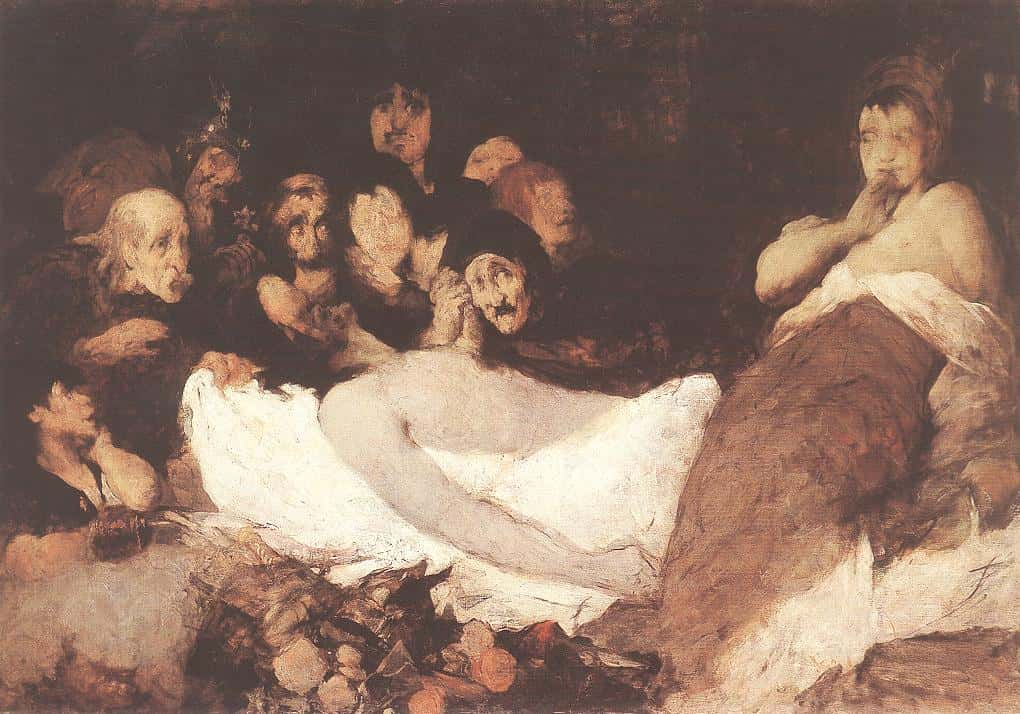 ancient origins
ancient origins
88. Definitely a Turn-Off
Birth control was quite difficult in medieval times, though it was helped by the belief that the best time to conceive was during menstruation. Contraception methods included wearing the testicles of a weasel, the earwax or uterus of a mule, a bone from a black cat, or donkey dung around your neck. I mean, that’s one way to make a man keep his distance.
89. Here Kitty, Kitty
Superstition surrounding black cats goes way back—all the way to 1232, in fact. That’s when Pope Gregory IX published a work describing the rituals witches used to summon the Devil. According to the Pope, witches would kiss and adore black cats, even kissing their ‘hind parts’. This revelation sparked a cat-killing spree that could have resulted in a higher population of plague-carrying rats in Europe.
90. Throwing a Myth Out the Window
It’s a common myth that people would throw their excrement out the window during the Middle Ages, due to a lack of sewage systems. Thankfully, the truth is people were just as grossed out by sewage back then as they are now. Most houses had either a latrine that emptied into a pit, which had to be cleaned periodically, or a bucket that they would dump into a river. I’d be careful about going for a swim.
91. Out of Your Head
In Medieval Europe, mental disorders were seen as a sign of demonic possession, moral failing, or sin. Treatments included exorcisms, whipping, and trepanning—drilling a hole in the patient’s head to let the demons out. That’s using your head!
 Simpson Crazy
Simpson Crazy
92. I Ain’t Lyein’
Who doesn’t love the smell of fresh, clean laundry? Medieval people, apparently. They washed their clothes with lye made from ash and human urine.
93. This’ll Kill Your Appetite
Many medieval saints were reputed to have healing powers, and they often cared for lepers and those afflicted with similarly gruesome diseases—by licking their wounds. St. Mary Magdalene of De’Pazzi licked the sores of the ill, and even sucked maggots out of wounds. St. Angela of Foligno drank water she had used to bathe a leper’s feet, and purposely swallowed one of his scabs.
94. Sensual Care
In the 16th century, mercury was a common treatment for syphilis and other sexually transmitted diseases. Just apply directly to the nose or mouth or, if you’re feeling trendy, do the “fumigation” method and simply vaporize the substance in a neat, air-freshening steam. Side effects include loose teeth and ulcers of the gum. Rather unsexy.
95. Man-Made Miracles
Cannibalism wasn’t always a taboo. Medieval doctors kept their patients in check with drinkabe byproducts of human blood and flesh. “Mummy powder” was a commonplace fixture of 12th century apothecaries, and these practices even had a name: "corpse medicine." Well into the 17th century, even English kings like Charles II dined to a healthy regime of what he called “King’s Drops,” aka alcohol mixed with crushed human skulls. Salty!
96. Bad Math
Superstitious bias towards the number “13” really took off in the medieval period. Aversion to the number arose from the fact that there were 13 apostles (including Jesus) at the Last Supper. Even in the 16th century, having 13 people together could signal you were a witch. Good thing I don't have that many friends.
39. The Big Sneeze
Blame the medieval times for why you sometimes say, “Bless you!” when someone sneezes. The general assumption has been the “blesser” was sending their good will to the sneezer, whose soul had just been ejected from the body via nasal expulsion. Other people note this practice emerged in the time of the Plague—when your last sneeze might well be your last ever, so get those blessings in now!
97. Little Miss Lace & Grace
Medieval Germans viewed clothing made by young girls as very lucky. Specifically, a shirt spun by a girl under seven years of age would bring good luck, and a shirt spun by a girl aged five to seven would even protect the wearer from magic. Likewise, wearing a shirt made from thread spun by a five-year-old girl to court would bring a just verdict. Frankly, this just sounds like cute ways to justify child labor.
98. The Stars Say to Drop That Scalpel
Doctors of the European 1500s were legally required to check a patient’s horoscope before performing any direct medical treatment. Imagine getting your surgery delayed because you’re a Rising Taurus and Mercury is in retrograde.
99. Bleeding Awesome
Bloodletting was an important part of any doctor’s belief system. A patient had two options: leeches or venesection. With the leeches, a “blood worm” would be administered on the pertinent body part and the creature would—in theory—suck the illness out. It sounds a little nicer than the latter option: the doctor would just slice open a vein with his “fleam” and hope for the best.
100. Hard Rock Philosophy
The philosopher’s stone is a central part of medieval mystic mythology. It was a rock believed to be invested with alchemical powers, even offering its user immortality. If you asked medieval legend, the 13th century intellectual Albertus Magnus passed the infamous stone down to this pupil—the even more famous Thomas Aquinas.
101. 5 Reasons Why Not
Famed medieval scholar Albertus Magnus ranked five sexual positions from most to least “morally” acceptable. Since this is a family website, we won’t list them here. But it will surprise few of you that the least offensive position was, from the top, “missionary.”
102. Just Sometimes a Sin
In some periods of the Middle Ages, sex work was not only believed to be acceptable, but it was also marginally encouraged by the Church as a way to curb uncontrolled lusts. Even St. Thomas Aquinas once wrote, “If prostitution were to be suppressed, careless lusts would overthrow society.”
103. Green in Every Way
It was not an uncommon practice for gardeners to enlist virgins to plant their olive trees. Their “pure” status was “scientifically” proven to stimulate growth.
104. Bandages & Bedtime Tales
There’s power in storytelling. One medical treatise from this era recommends that you can staunch blood by applying olive-oil-soaked wool as you tell aloud the story of Longinus, a man who was cured of blindness by Christ’s blood. In fact, many medical treatments revolve around a mix of physical application and sympathetic tale-telling.
105. Co-Authorship From Hell
“The Devil’s Bible” is a legendary Latin manuscript that’s said to be the product of a monk’s bargain with Satan himself. In the 13th century, a monk was about to be executed for his crimes unless he could compose a single, impressive work in one night. To achieve this impossible task, the monk sold his soul to Satan and produced this 165-pound, three feet long book. While that’s just a legend, The Devil’s Bible does exist as a real text, and it appears to have been written completely by the hand of a single scribe…
106. The Can’t Be Burned Burn Book
It’s said the Vatican’s secret archives still contain original editions of The Grand Grimoire, a black magic text book that dates back as far as 1421 (though it likely was written in the 19th century). It’s also said that this book is indestructible and impervious even to immolation.
107. It’s Probably Just Doodles
The 15th century Voynich Manuscript is infamous because scholars just can’t agree on what it’s about, or even what language it’s written in. Composed with images of naked ladies, obscure zodiac symbols, and indecipherable herbal recipes, the book inspires no shortage of controversy. Whatever medieval belief system it’s supposed to have upheld, we're betting it was wicked.
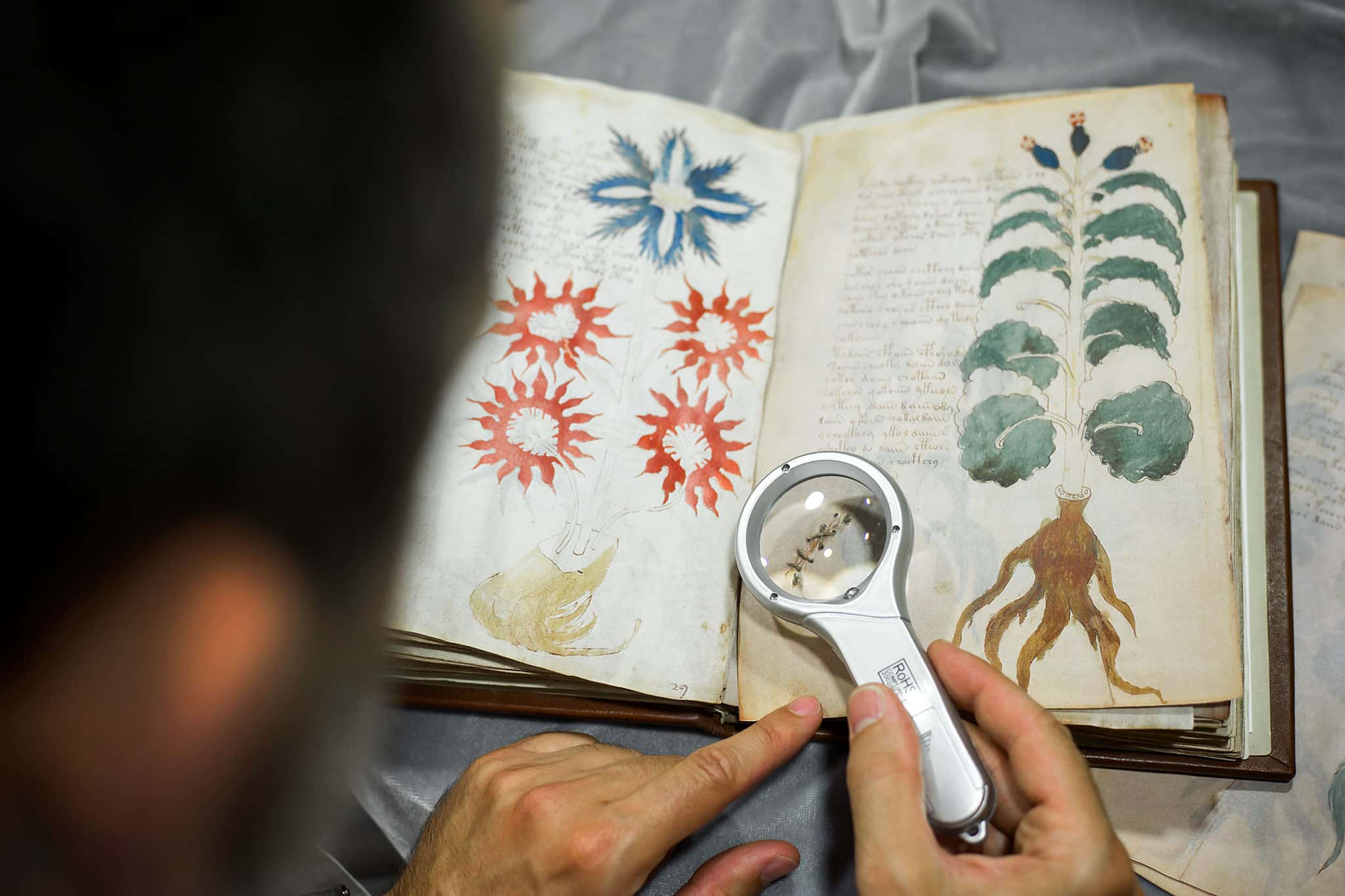 Latest Stories - National Geographic
Latest Stories - National Geographic
108. Angels in the Far Out There Field
When John Dee wasn’t busy advising Queen Elizabeth I, the famed mathematician was trying to contact angels. Dee spent most of his life trying to decipher the strange codex of magic called Aldaraia (sometimes called the Book of Soyga or, less nicely, “the book that kills”) with the hopes that the jumble of magic codes, genealogies, and incantations would aid him in crafting the ultimate fan mail to the Heavens. As far as we know, Dee did not complete this lofty task.
109. Dark Magic 101
One of the most famous dark magic textbooks of the pre-modern ages is the neatly-named The Necromancer’s Manual. Written in 15th century Latin, it is completely about the dark, “evil” magics that contemporaries were told to avoid. It also divides its powers into three sections: illusionist magic (tricks to the human sense), psychological magic (tricks to the human sense of persuasion), and finally divinatory magic (the heavy stuff that lets you see past and future). Finally, a coherent academic index.

110. The Devil Is in the Details
Don’t blame me for my typos! The devil did it! Or rather, the devil’s special friend, Titivillus. Back when “printing machines” usually meant “a room of monks trying their best,” mistakes were a common part of book reproduction. To explain away these typos, monks made up the charming character of Titivillus, the “patron demon of scribes,” who was the real culprit in poorly proofed work. Alternatively, Titivillus would also collect every monk’s mistakes into his handy sack and present these errors as testimony against the monk’s entry to Heaven. I’ve never been more grateful for Spellcheck.
111. Mrs. Malaise 1493
Unable to wrap their heads around abstract concepts like “communal infection” and “virulent disease,” the common people of Europe often embodied the Plague as “The Pest Maiden.” Sometimes, she emerged in Scandinavian countries as a young lady, surrounded by Blue Flames and ejecting herself from the mouths of the dead. Other times, she was an older woman with a broom and was accompanied by a man with a shovel. The man was sometimes merciful, but—of course—the older woman was a shrewish type who let no one survive.
112. Vile Veggies
Western countries in the medieval ages thought there was something inherently bad about Brussel sprouts. Spiritually, not culinarily. In fact, foodies of Great Britain thought they were outright cursed. So, they cut them in cross shapes. I’d also wash them since this is the medieval times, but hey, different folks, different cross-shaped strokes.
113. Poke and Pray
In the Middle Ages, the divine rights of kings were taken as a given. So too was their divine and healing touch. For half a millennium, people believed their monarch had the power to cure disease with their noble hand. “Scrofula”—a disease resulting from tubercular, inflamed lymph glands in the neck—was something you should especially see the king about. The 11th century King Edward the Confessor is generally credited as the first monarch to perform the ritual of offering his healing touch to the commoners.
114. From Under the Sea and Into Your Heart
Move over, Ariel. In this house, we stand for the naked, godless “merman” of Orford. An abbot by the name of Ralph Coggeshall claimed that, in 1161, a group of fisherman captured a hairy, bald, bearded “merman.” Naturally, they chained him up and tortured him because he did not speak and knew nothing of their Christian God. When the mob gained some chill, they let their guest out for some exercise in the sea, at which point he broke through the nets and escaped with a miraculous agility.
115. Casper the Bloodthirsty Ghost
People of medieval Britain lived in a healthy fear of spectral phantom huntsmen, who would fling themselves into their homes at night in their eternal hunt for souls. In Germanic lands, the ringleader was sometimes identified as the mythic Odin. If you heard clanging bells at night, your best bet was to lay low on the ground and hope they didn’t swoop you up.
116. You’re Not the Father!
Just giving birth to a kid was hard enough medieval Britain. The public certainly didn’t need more fears of kidnapping fairies injected into its popular imagination. But alas, it was believed that nymphs could, would, and did steal healthy children away from parents and replace them with usually sicker, doomed replacement kids called “changelings.” Today, it’s generally accepted that this was the collective wishful thinking of parents of diseased, disabled, or dead children who hoped that somewhere out there, their real child was alive and healthy.
 Museum Syndicate
Museum Syndicate
117. Buffy the Medieval Vampire Slayer
Although the sophisticated vampires of our popular imagination come from 19th century horror literature, these fanged beasts have progenitors from as early as the 11th century. Medieval vampires were usually thought to be real corpses raised back from the dead. One story tells of a cuckold who died of grief, but whose neighbors insisted he was still hanging around and spreading illness. Naturally, the village opened his grave, and impaled him with a stake just to be sure.
118. Wagging Tails
It was a common belief that witches kept male genitalia as house pets, even going as far as to feed them and house them in nests. Puts a new spin on My Pet Rock, right?
119. Not the Momma
King Henry VIII’s interest in Anne Boleyn was controversial, and not just because he was already married. Henry was already having an affair with Anne’s older sister, Mary. There were also rumors that her mother Elizabeth Howard had also been bedded by the King. Despite public accusations claiming the affair, the King denied it, stating “never with the mother” when challenged.
In the end, as always, the King got his way. He married Anne...and later had her killed. Boleyn was accused of adultery with 5 men (including her brother), and of plotting to murder the king and her lovers so she could marry Henry Norris. Modern historians agree that the charges brought against Anne Boleyn that led to her execution were false and unconvincing and that Henry had her killed just because she didn't happen to have any male children.
120. Let’s Not Be Hastings
One of the most pivotal moments of the Middle Ages just might have been the Battle of Hastings. The Norman Conquest of England is one of those moments in history that directly shaped the world today. During the 19th and 20th centuries, the British Empire would come to rule over 1/5 of the world. British culture shaped the world (for better and worse). And British culture was itself shaped by the Normans. William the Conqueror, from Normandy (Northern France) took over England after his victory at the Battle of Hastings in 1066. He commissioned the Domesday Book in 1086, to compile a census of his new lands and people. The Normans brought a lot of change to England, introducing the feudal system, castles, as well as establishing Oxford University and the Tower of London.
121. Explosive
Unfortunately for William, all that conquering and leading couldn't save him from indignity after death.
William died of an infection from ruptured intestines, something even more disgusting happened at his funeral. When priests tried to stuff the corpulent king into his coffin, they pushed down on his abdomen, causing those ruptured intestines to explode everywhere. Reportedly, his loyal mourning subjects ran as fast as they could for the nearest exit when they caught a whiff of the putrid odor emanating from their ruler.
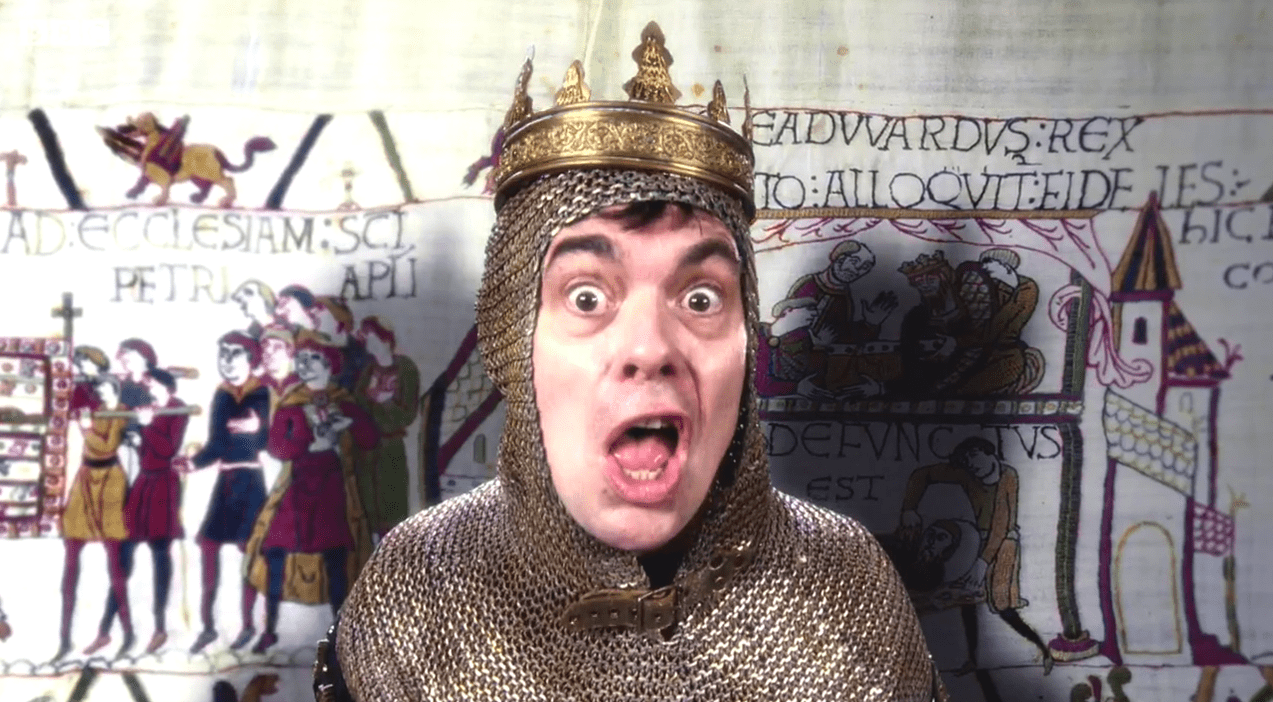
Sources: 1, 2, 3, 4, 5, 6, 7, 8, 9, 10, 11, 12, 13, 14, 15, 16, 17, 18, 19, 20, 21, 22
Sources: 1, 2, 3, 4, 5, 6, 7, 8, 9, 10, 11, 12, 13, 14, 15, 16, 17, 18, 19, 20, 21, 22, 23, 24, 25, 26


